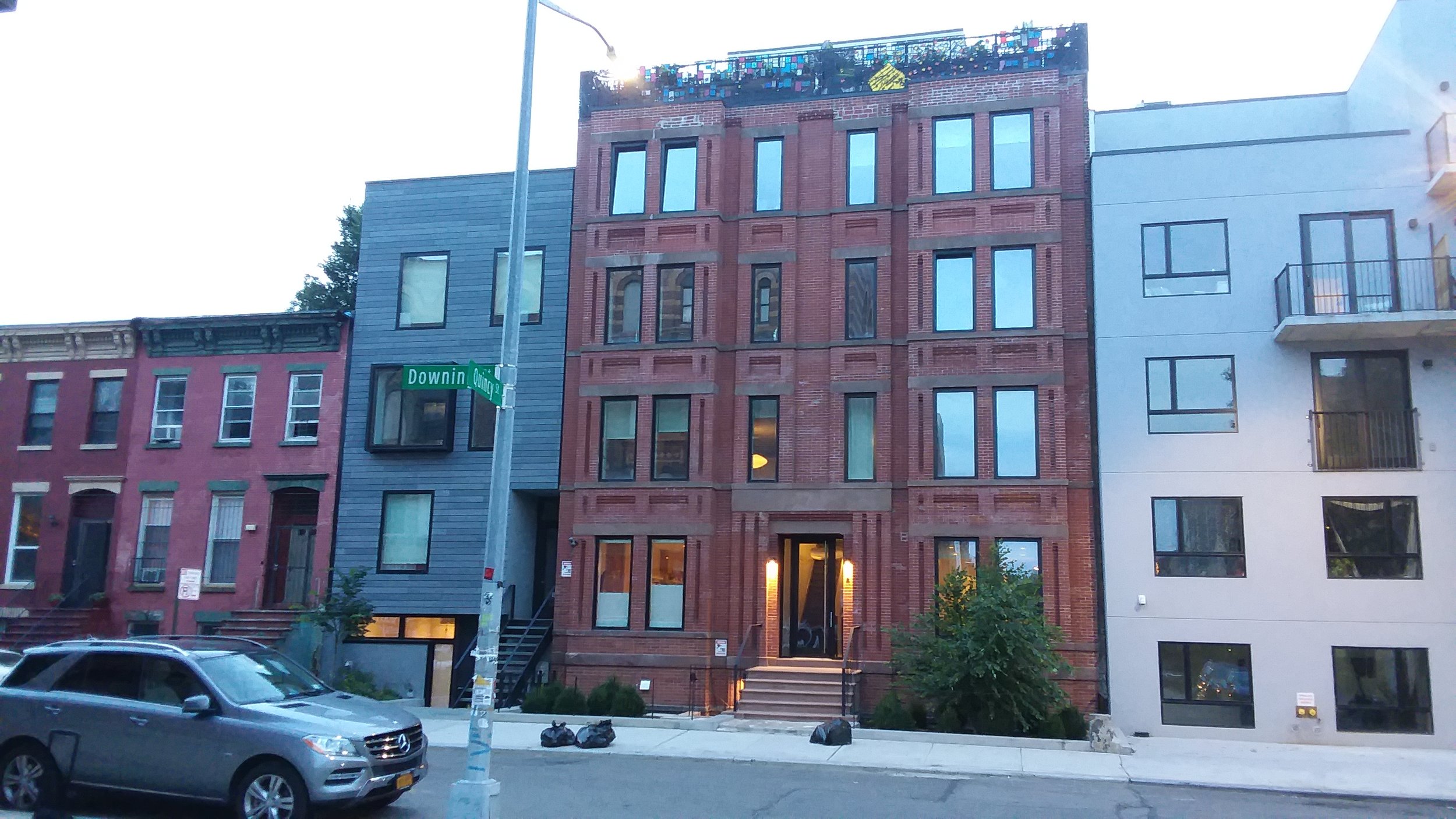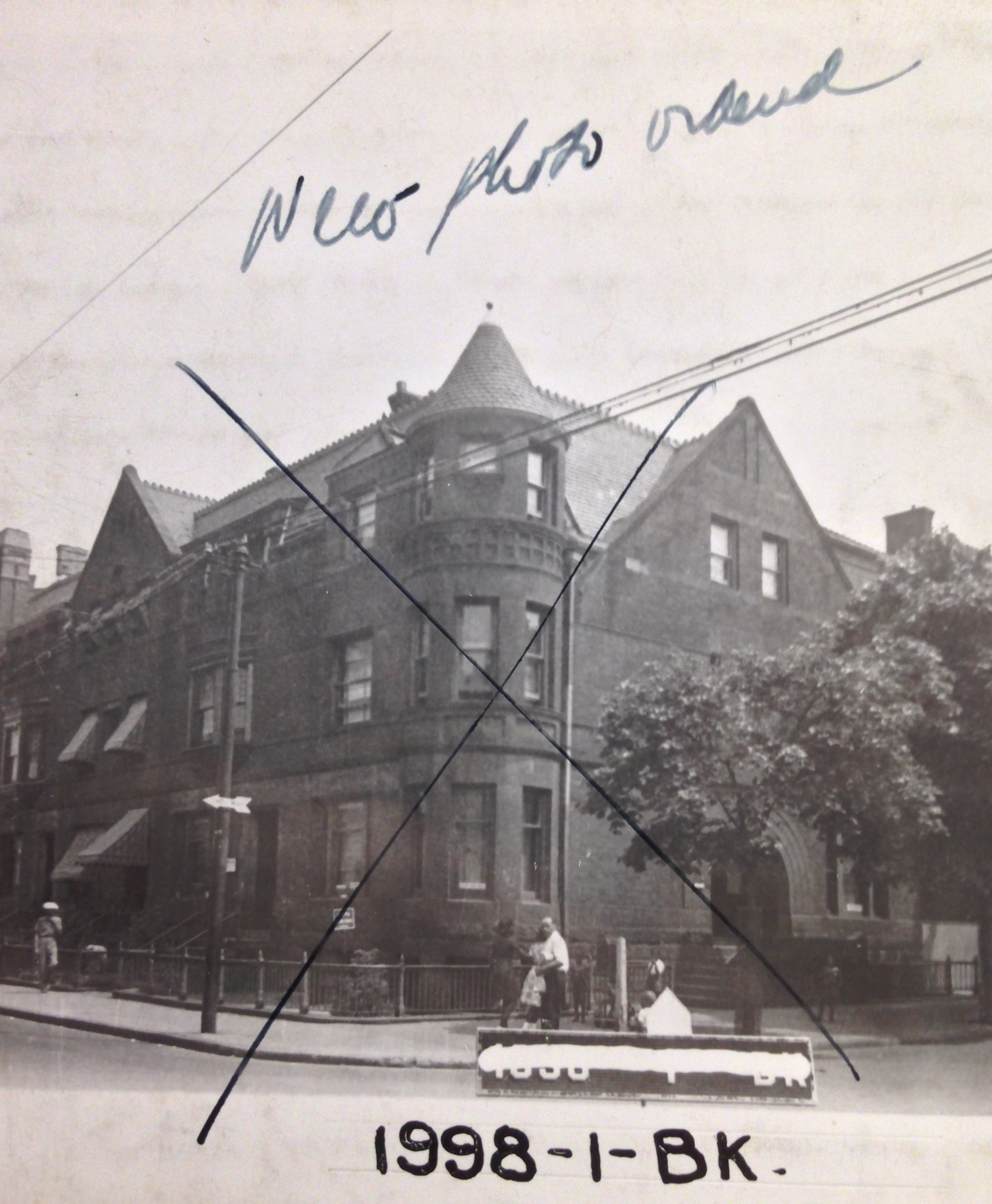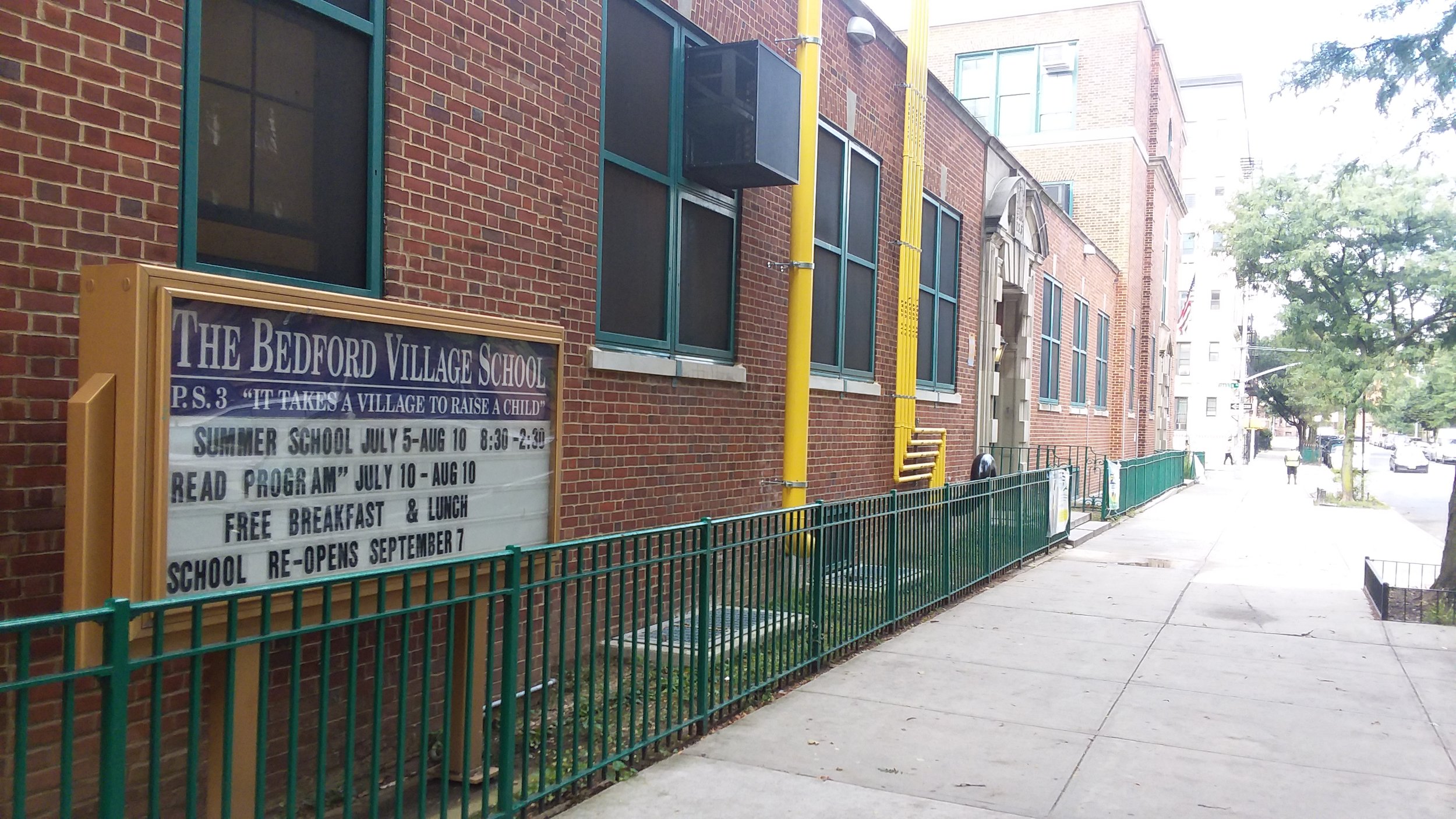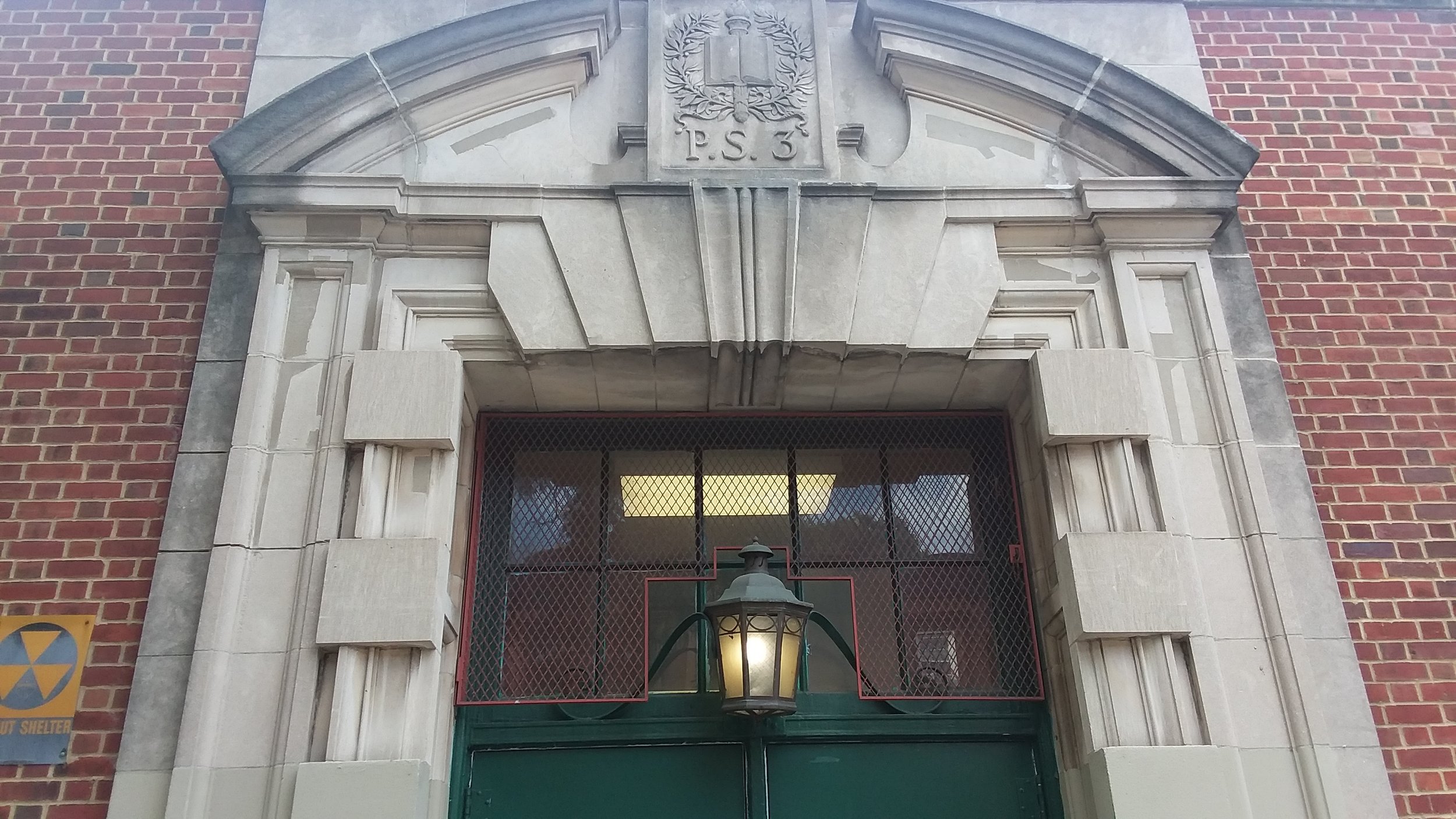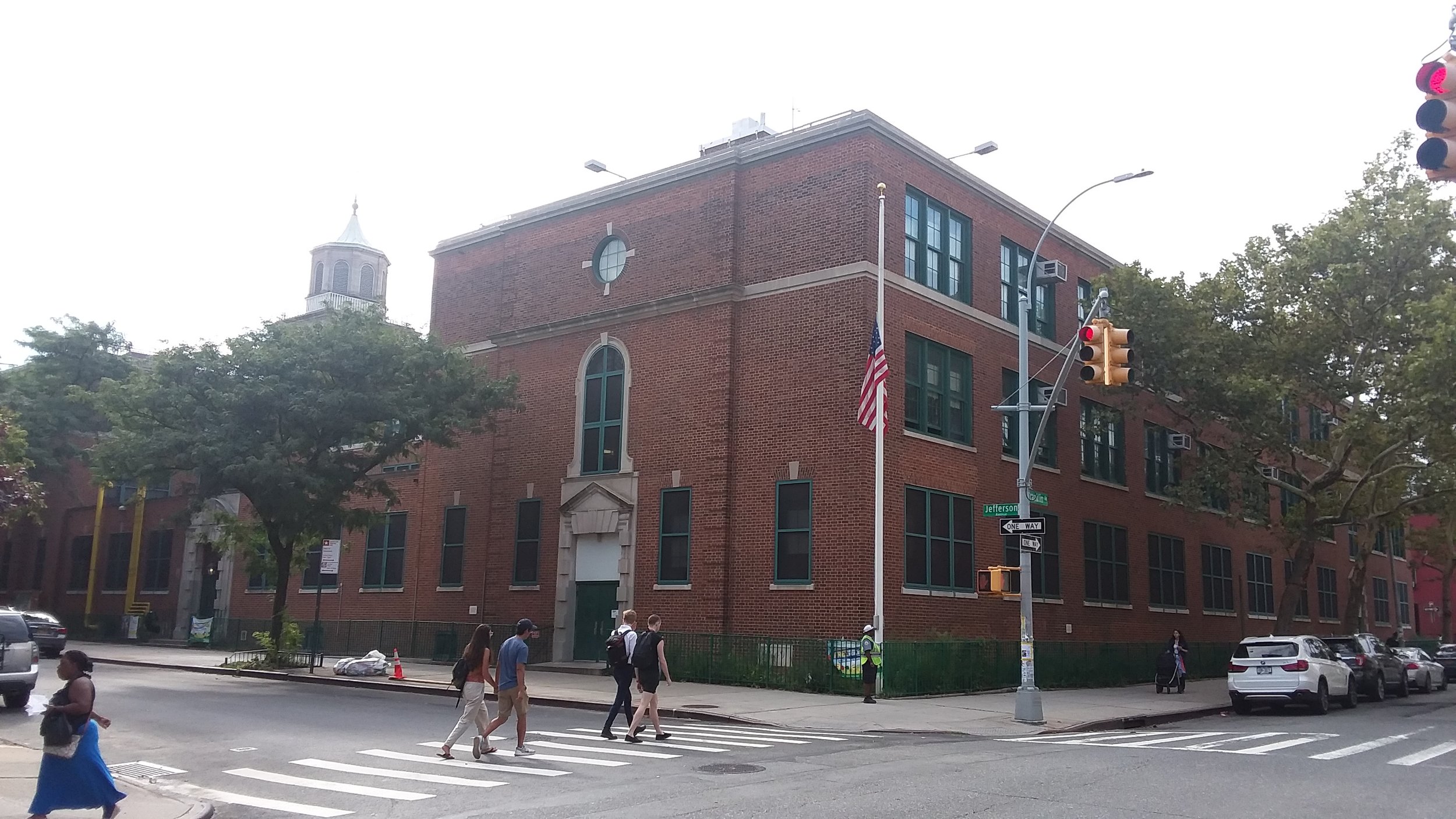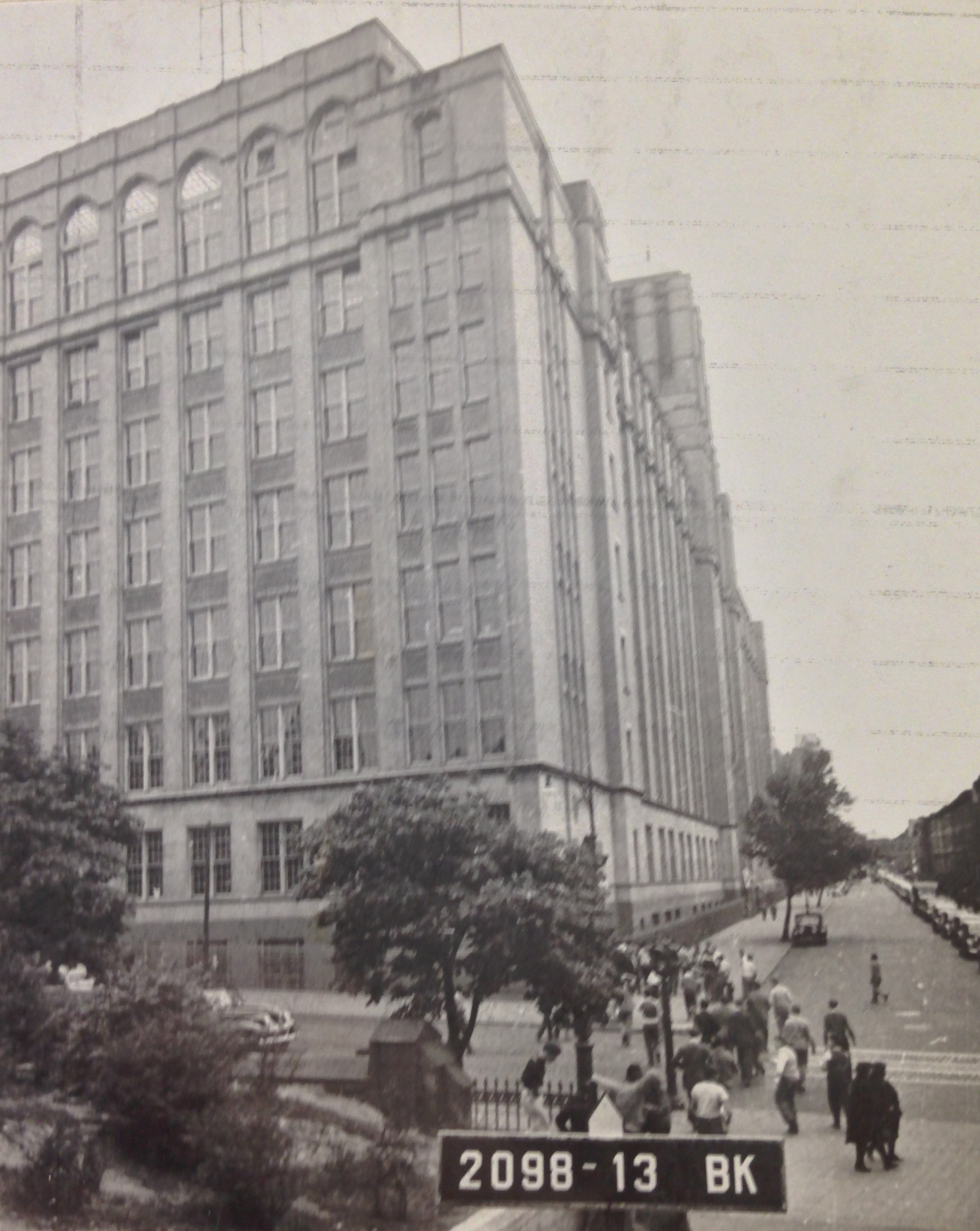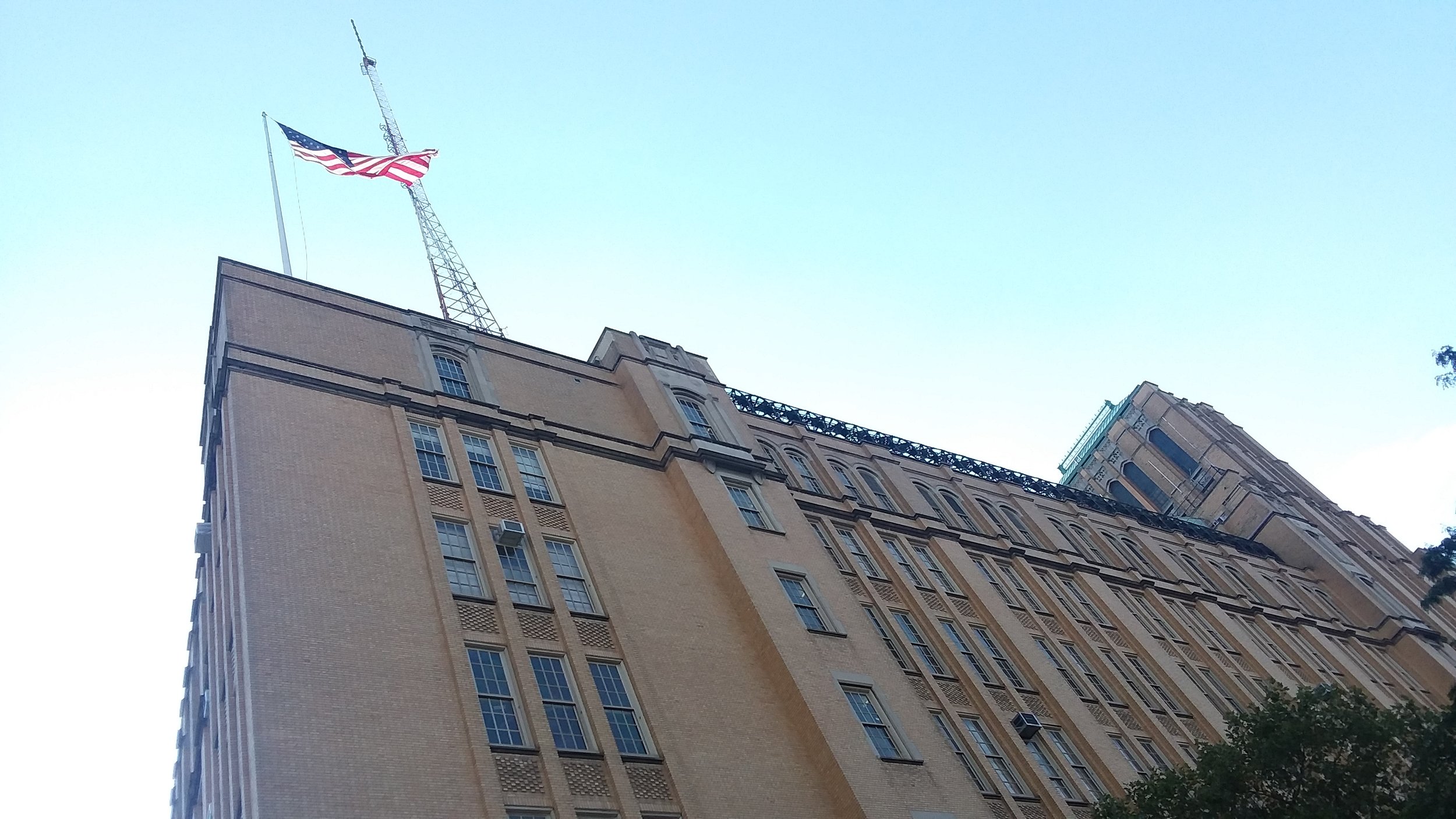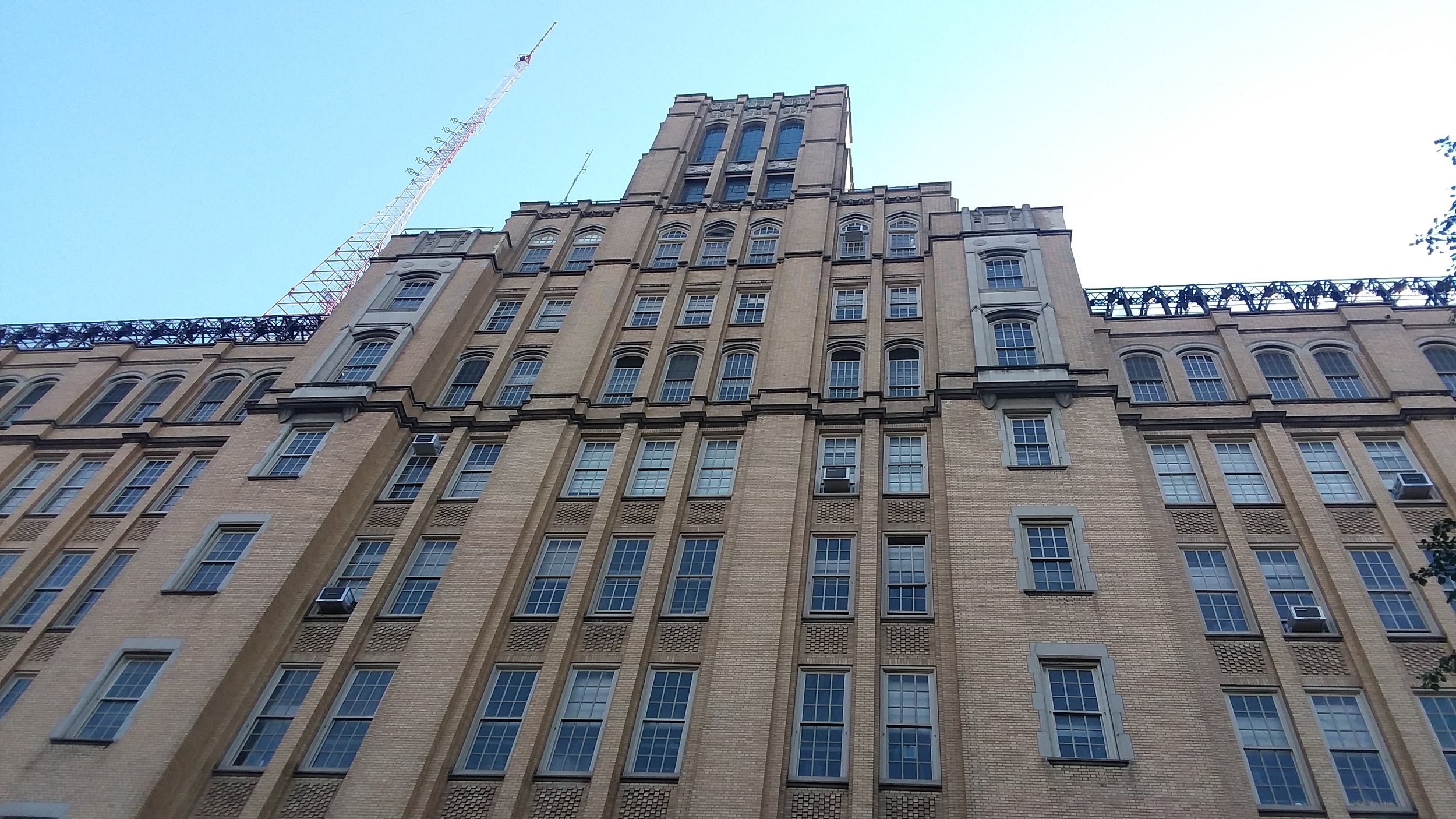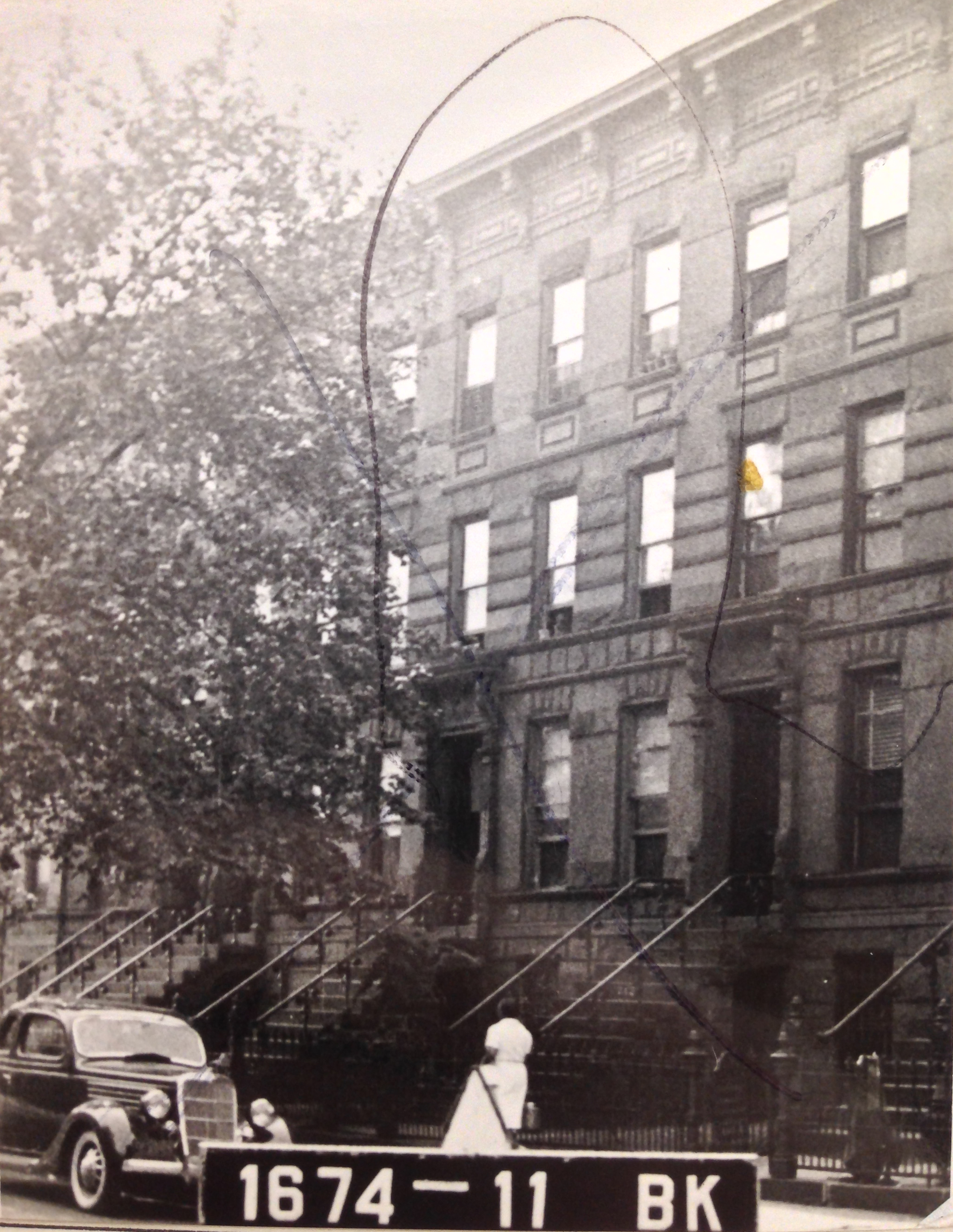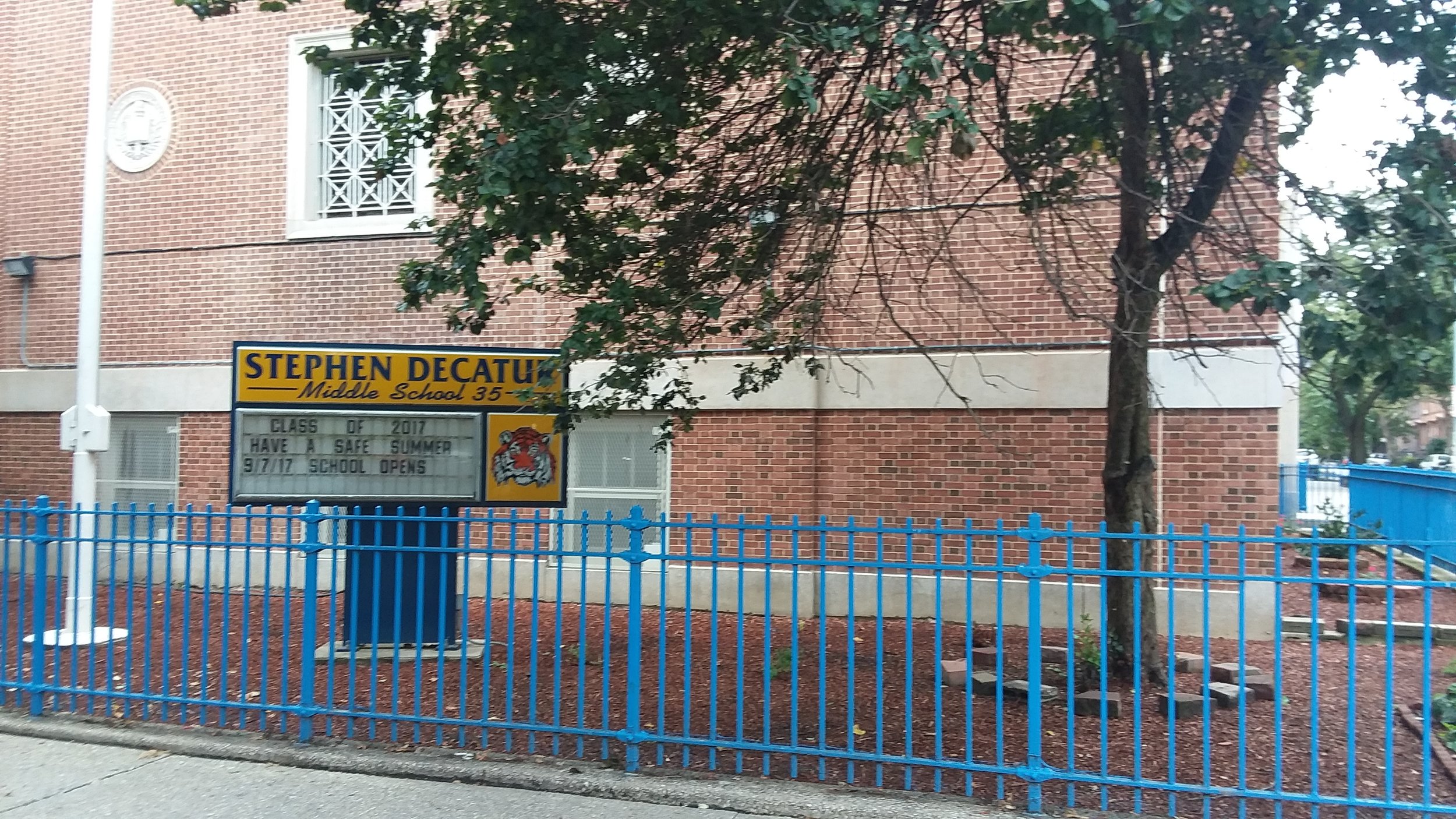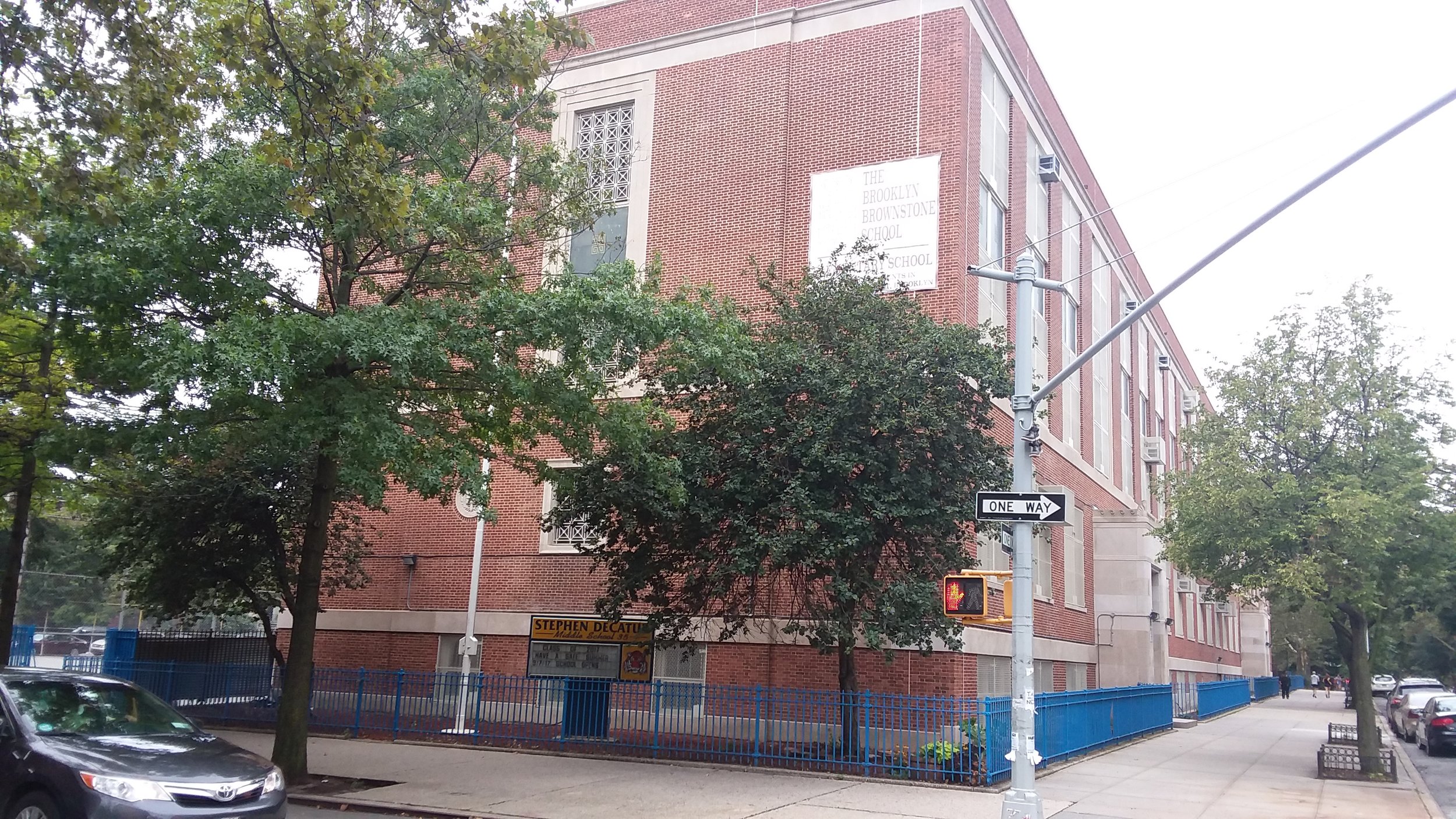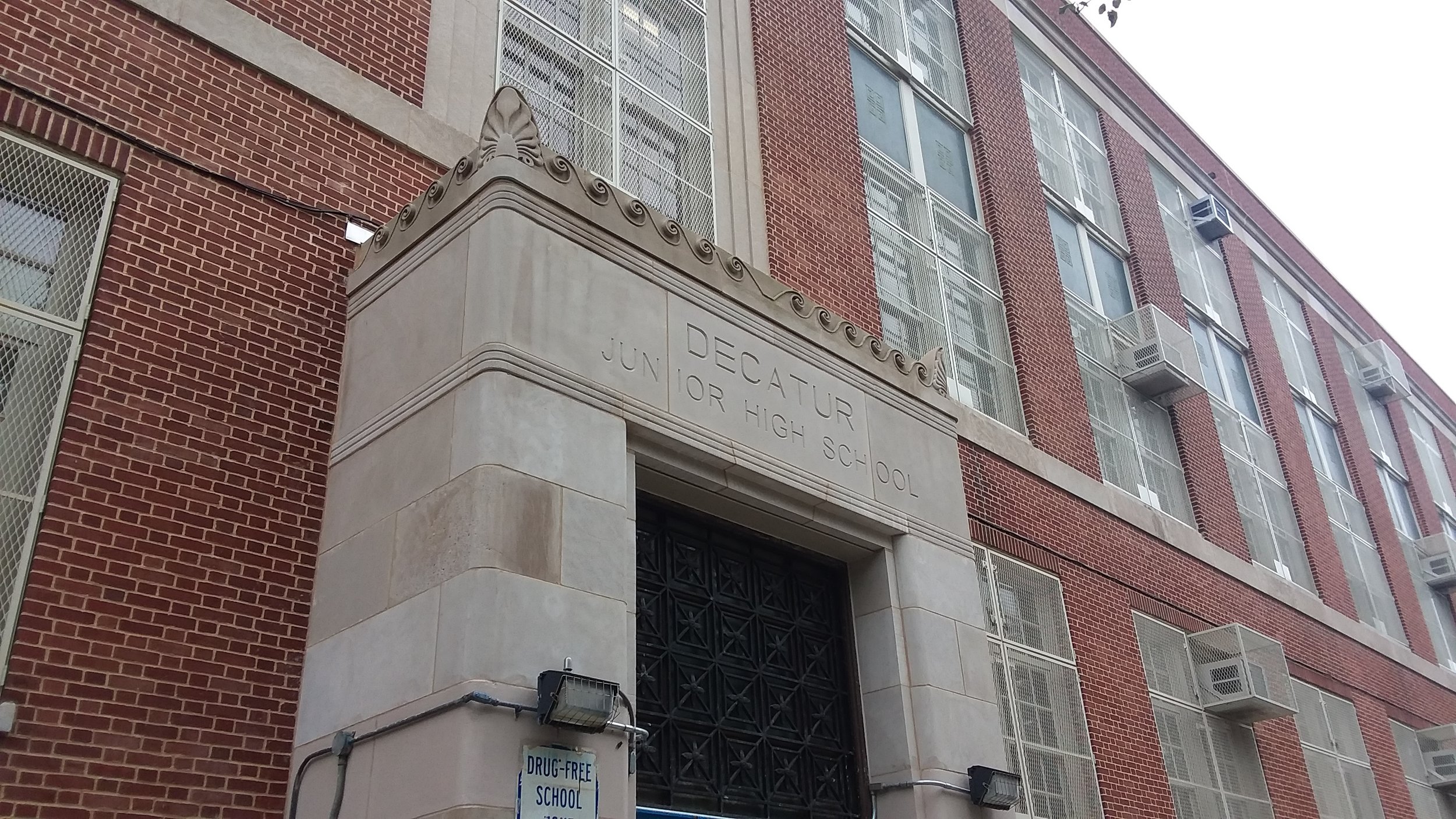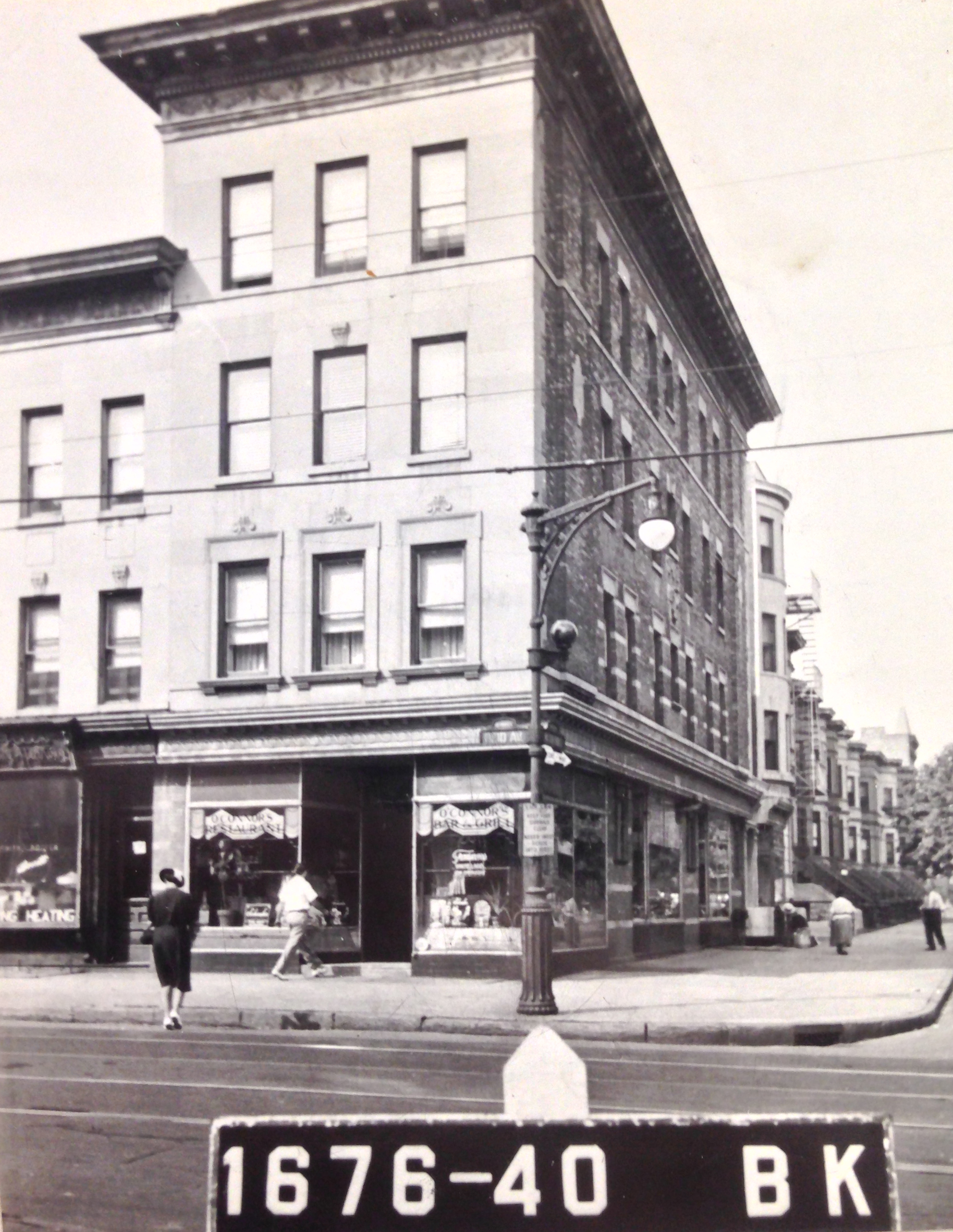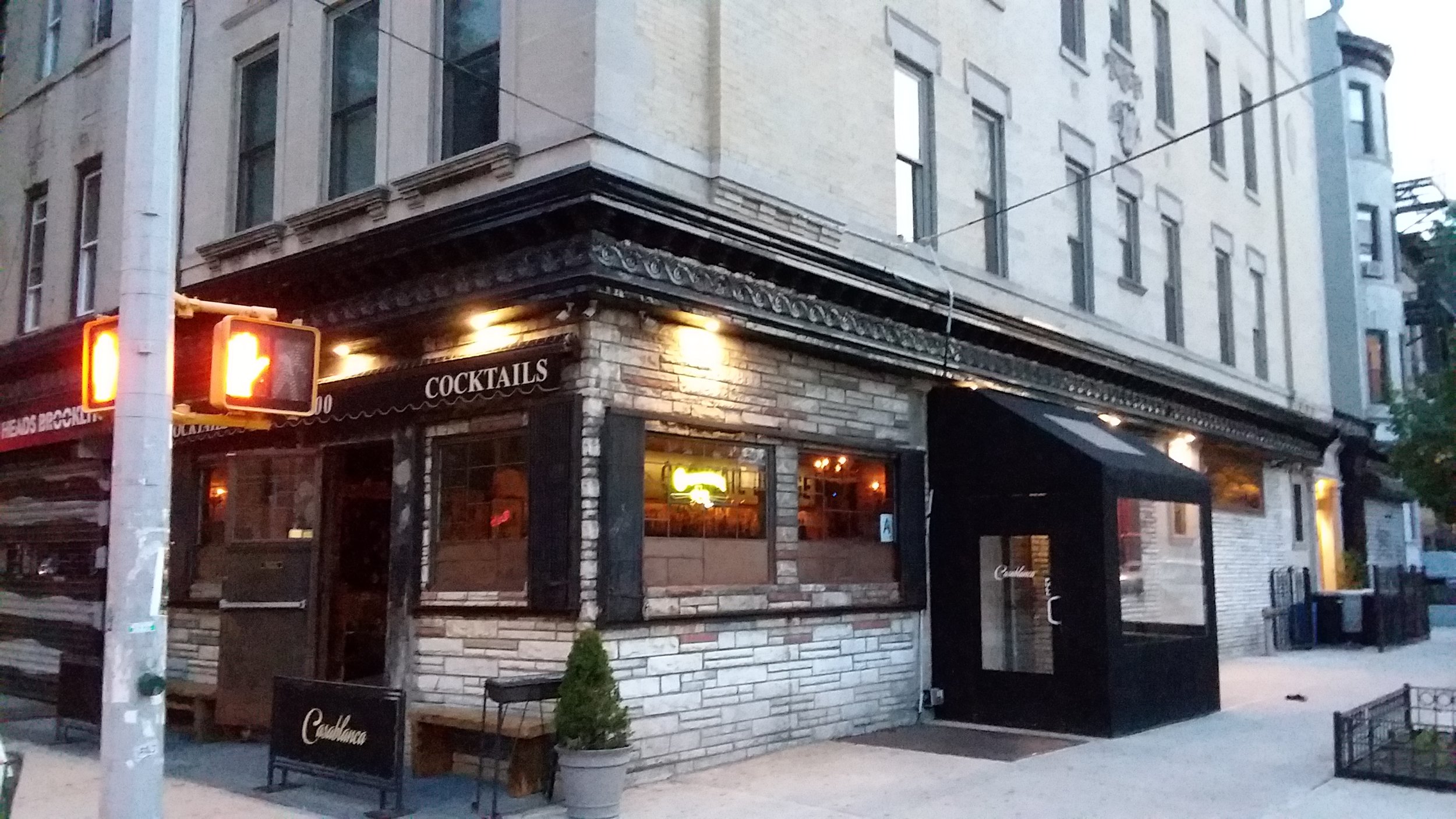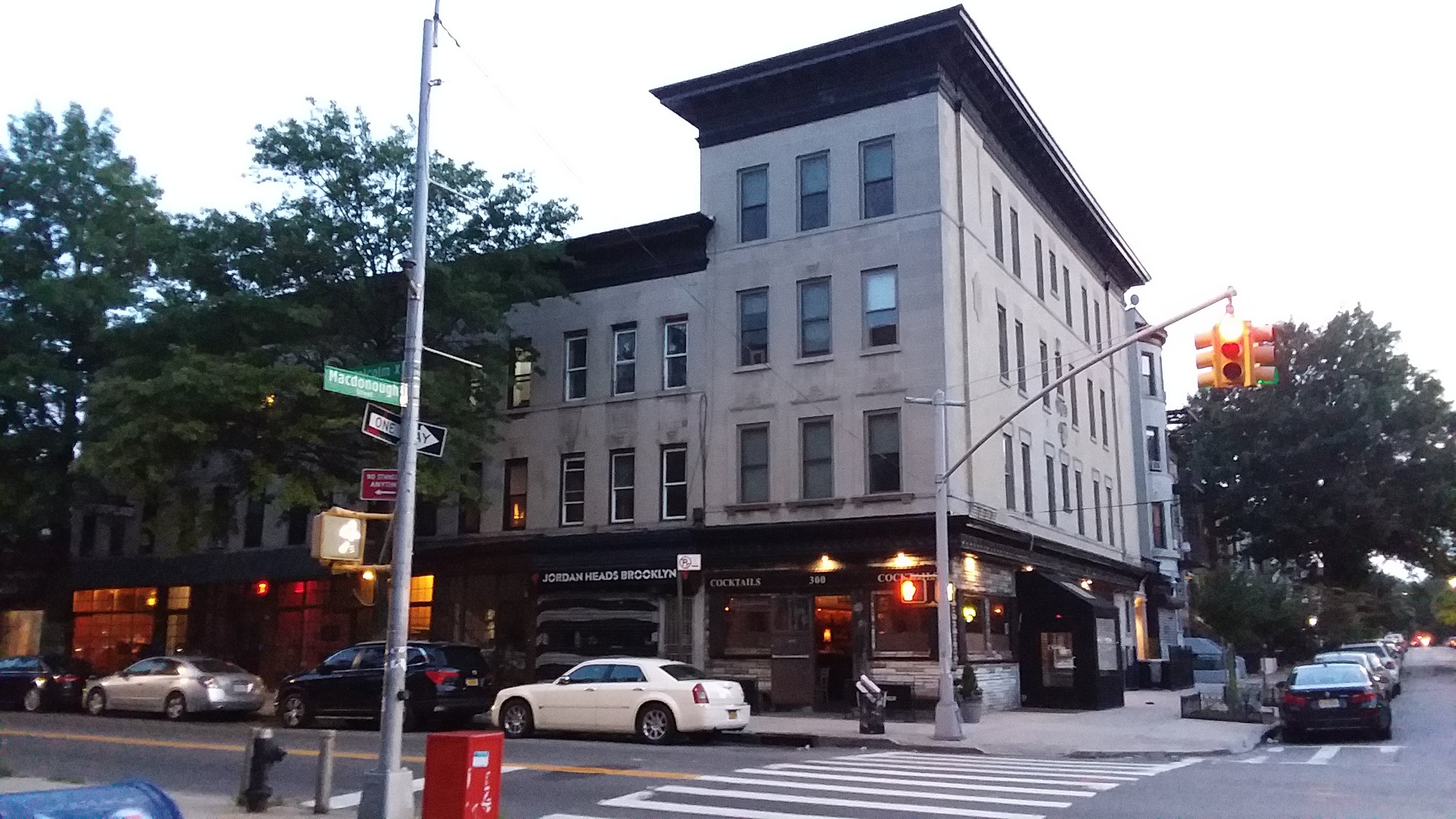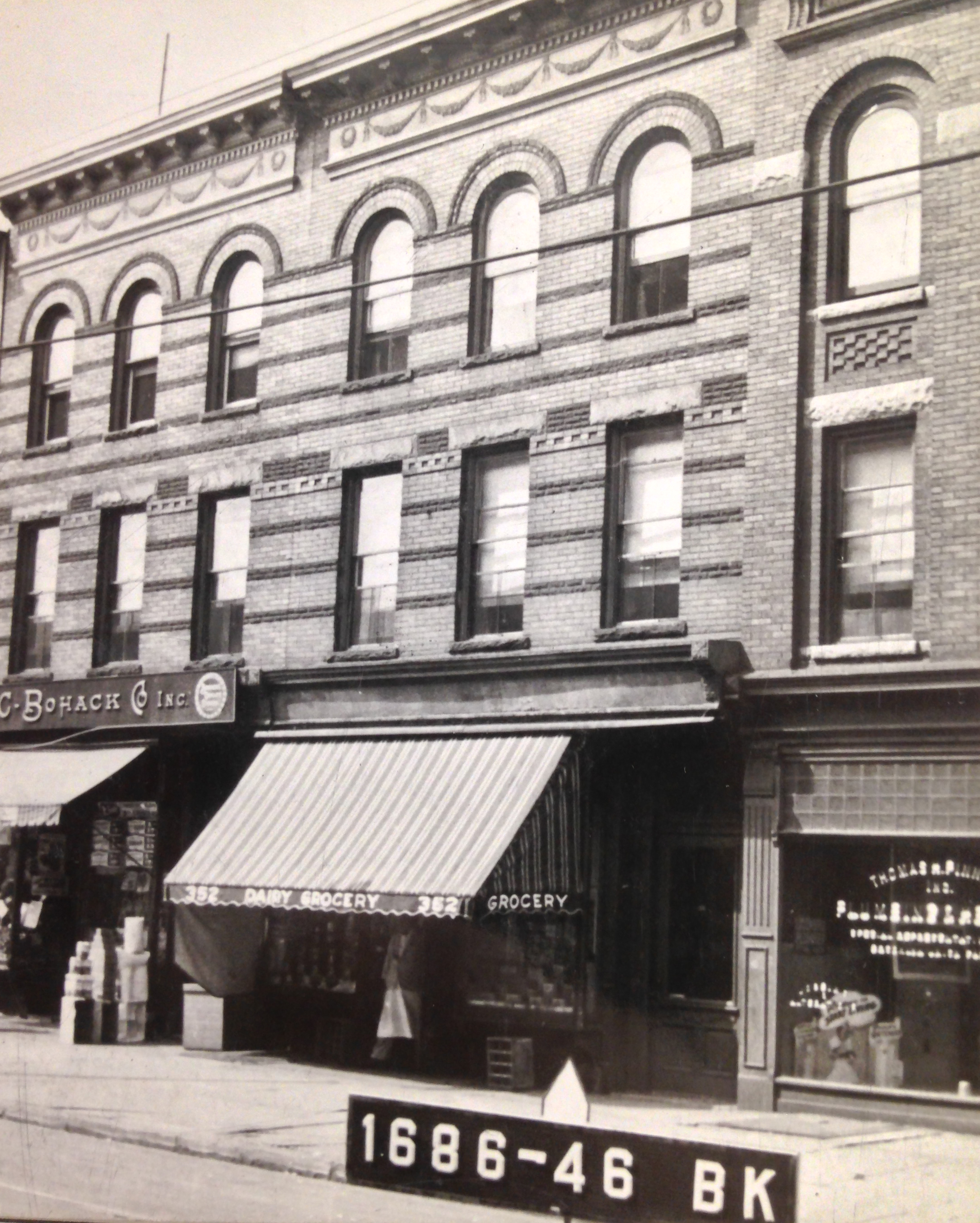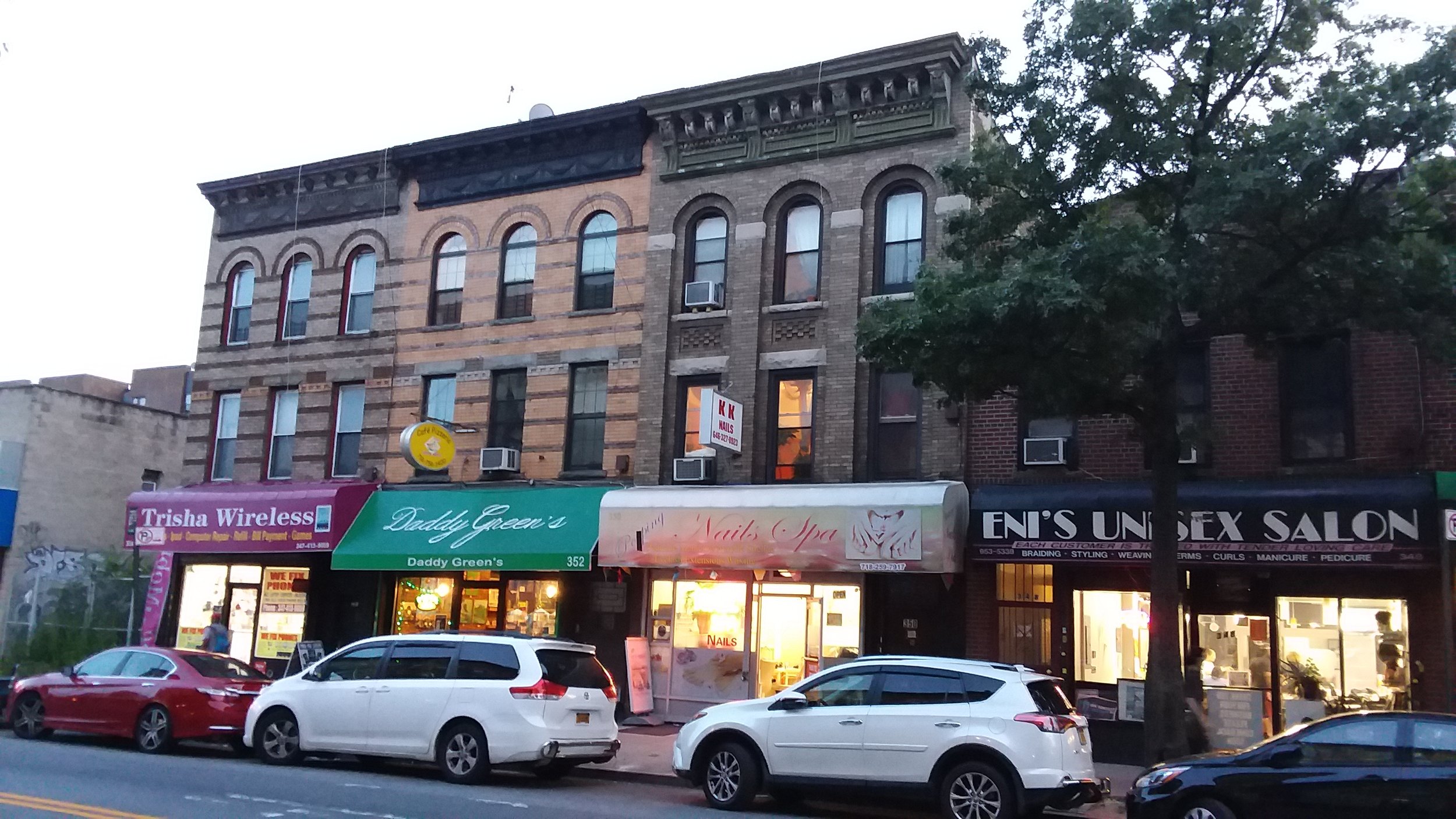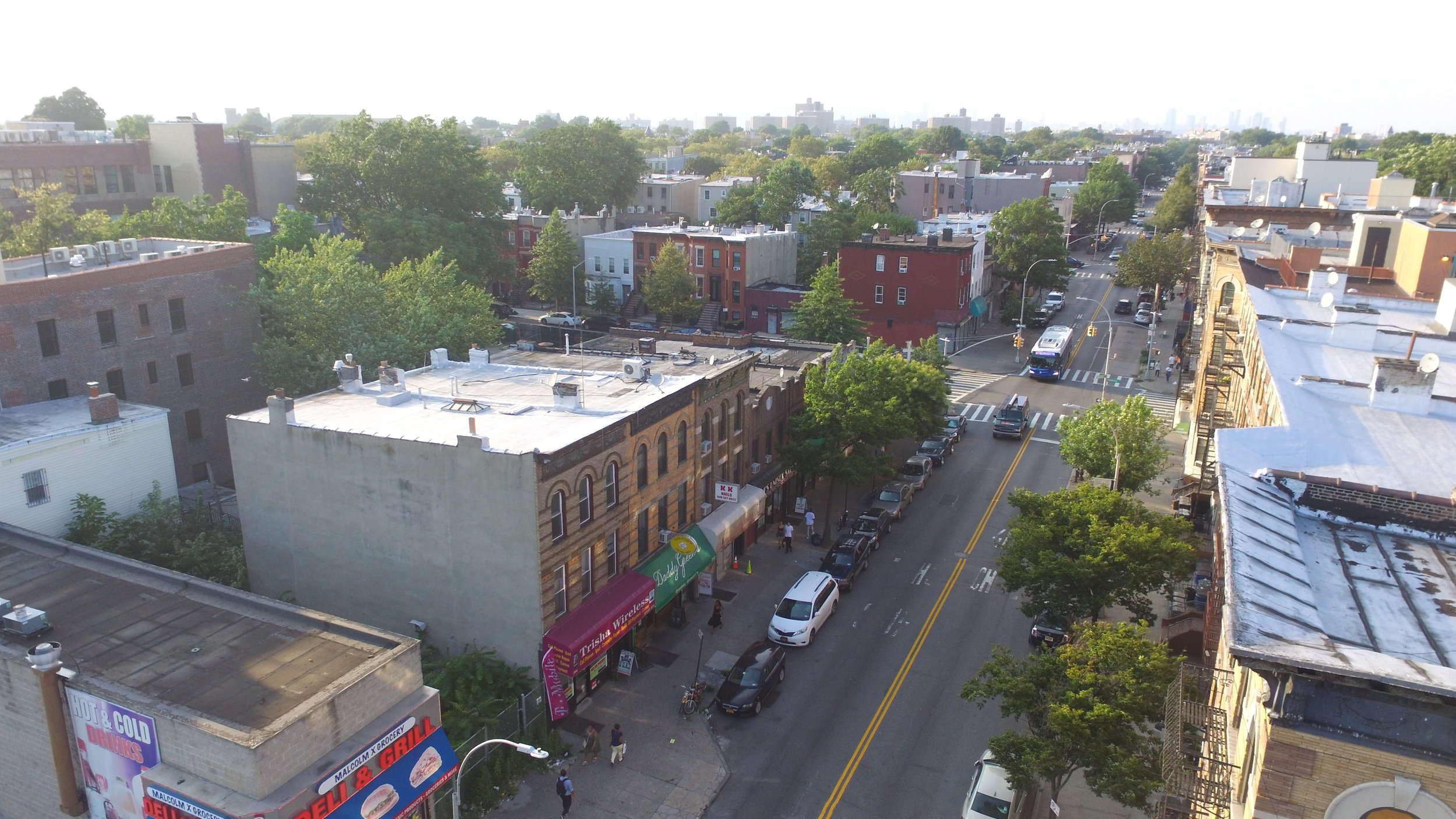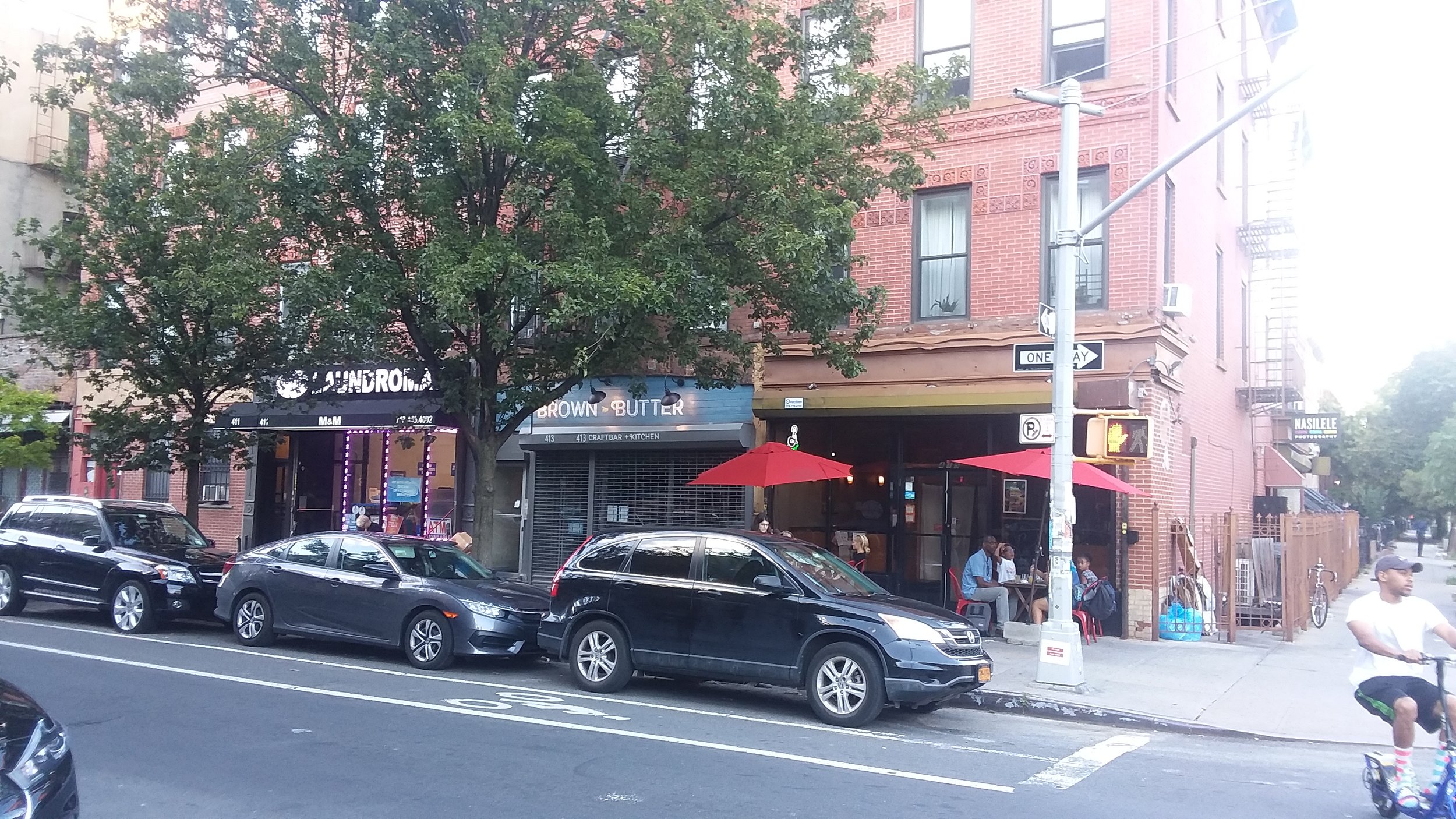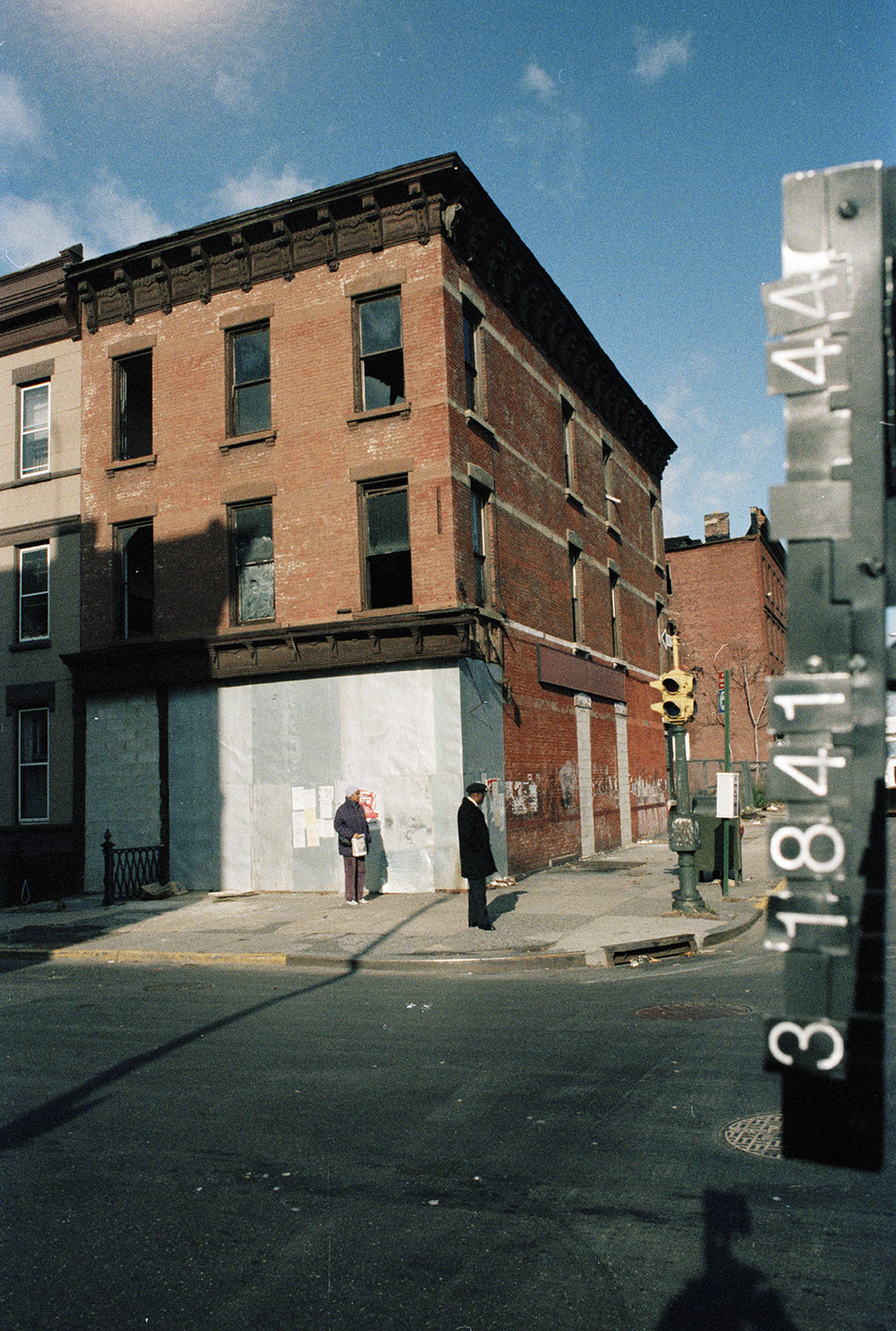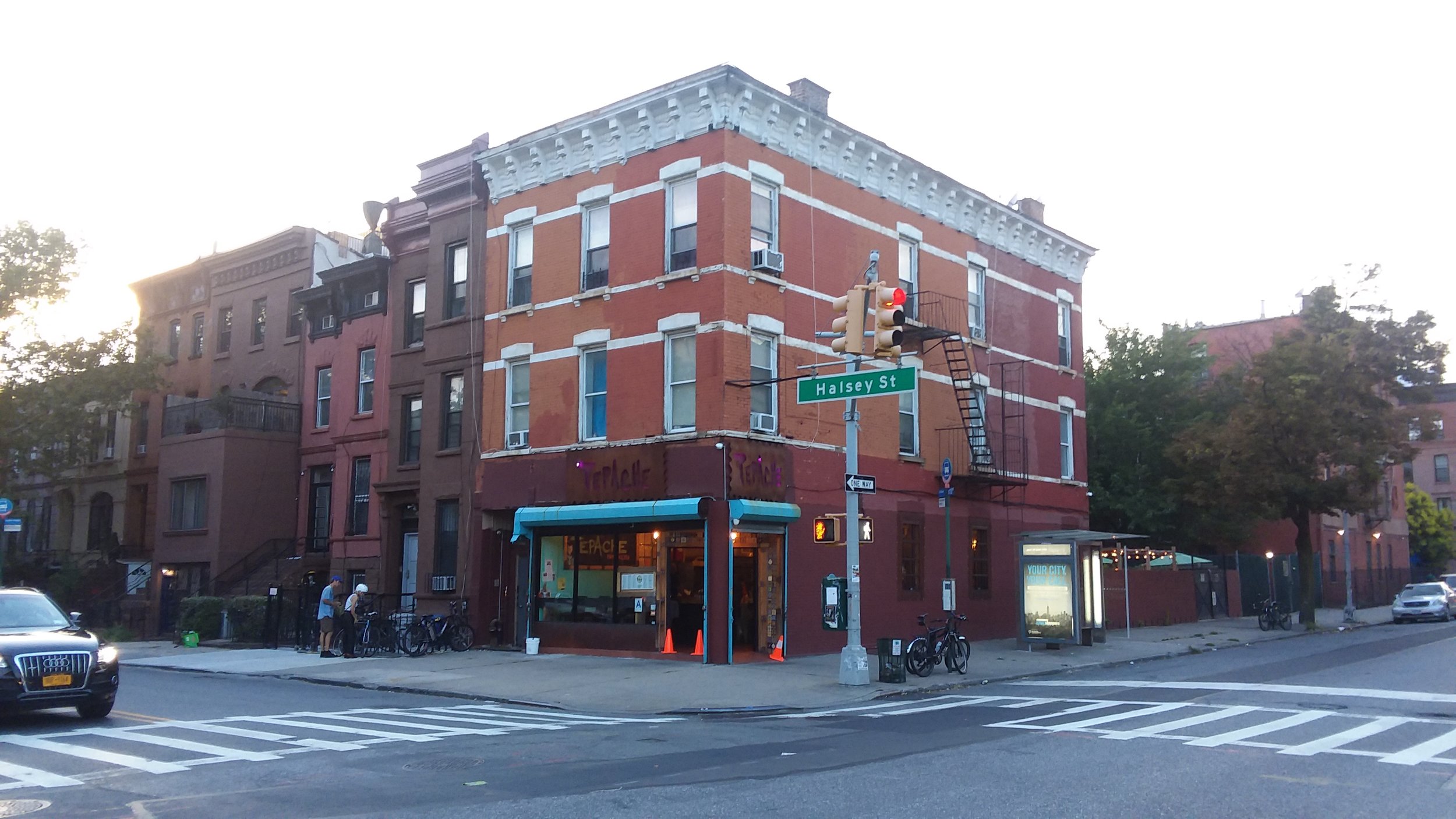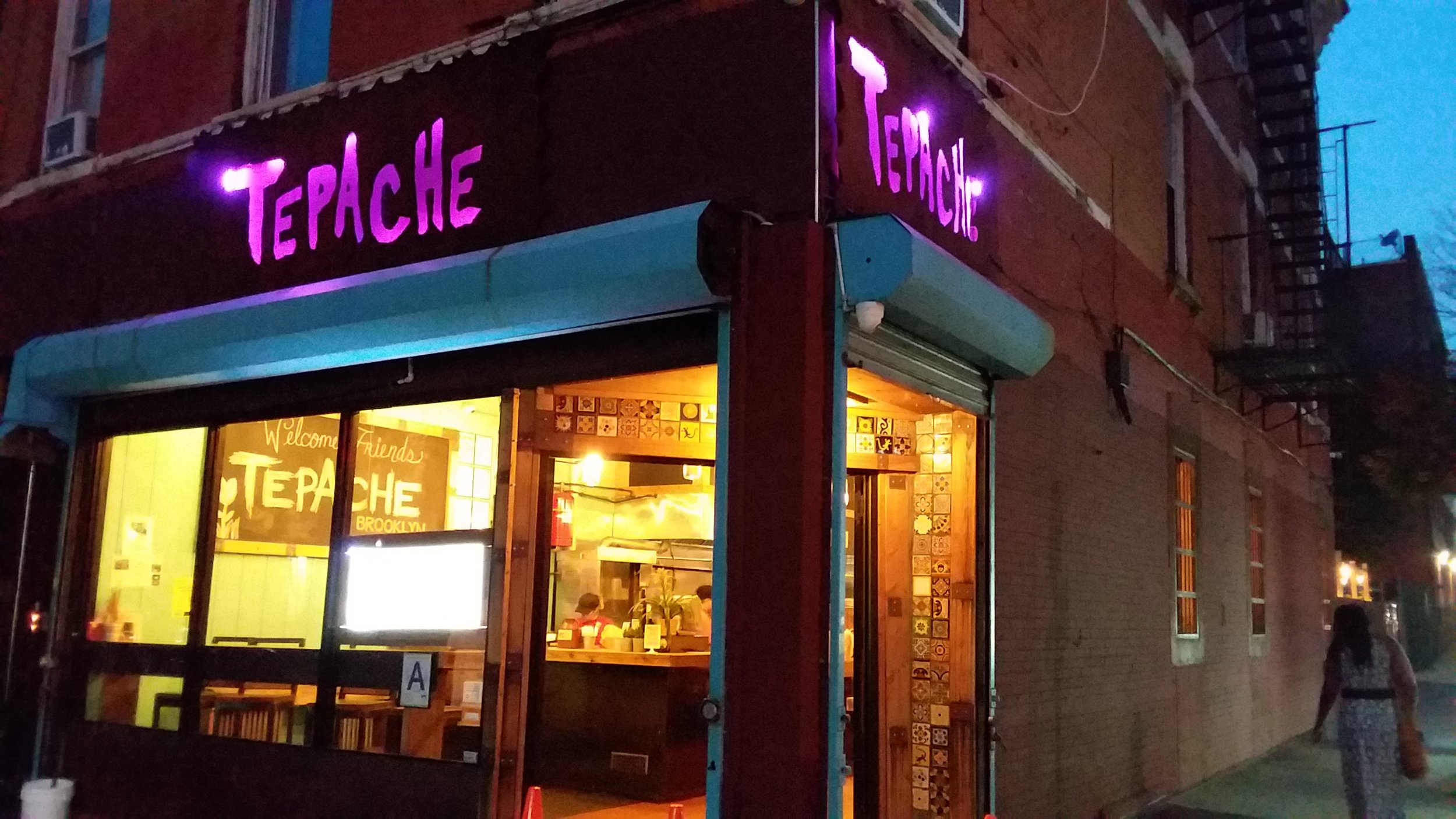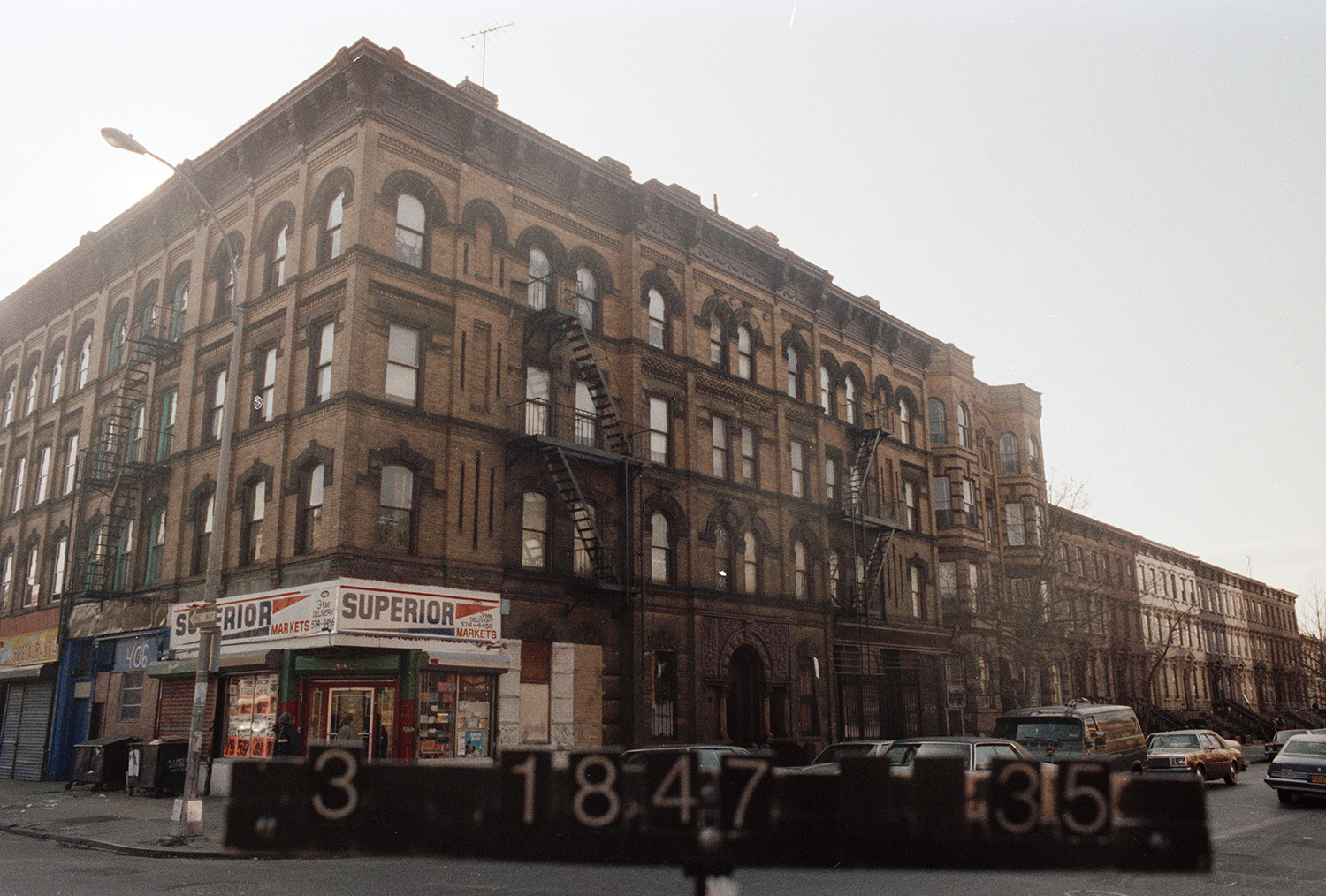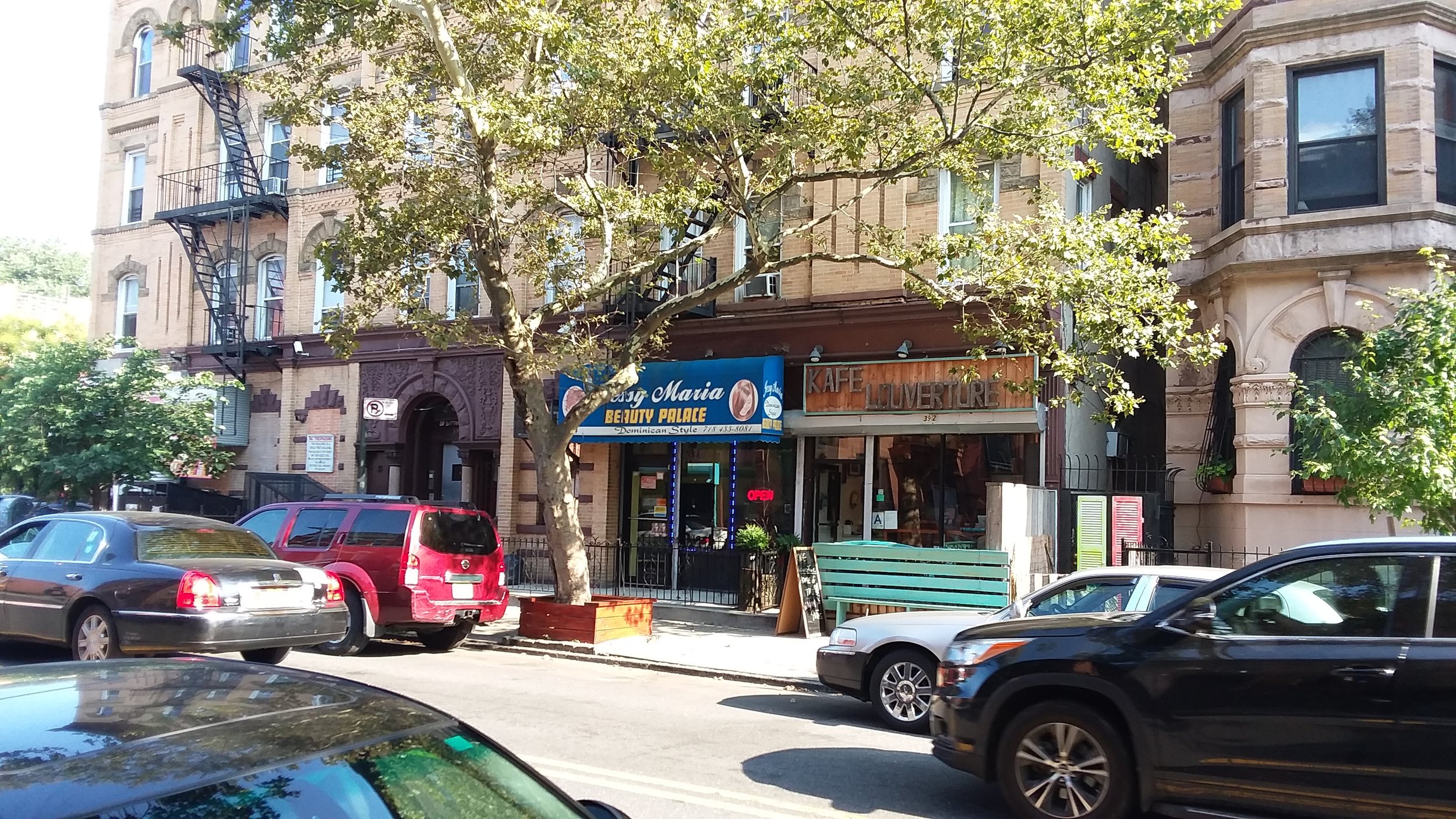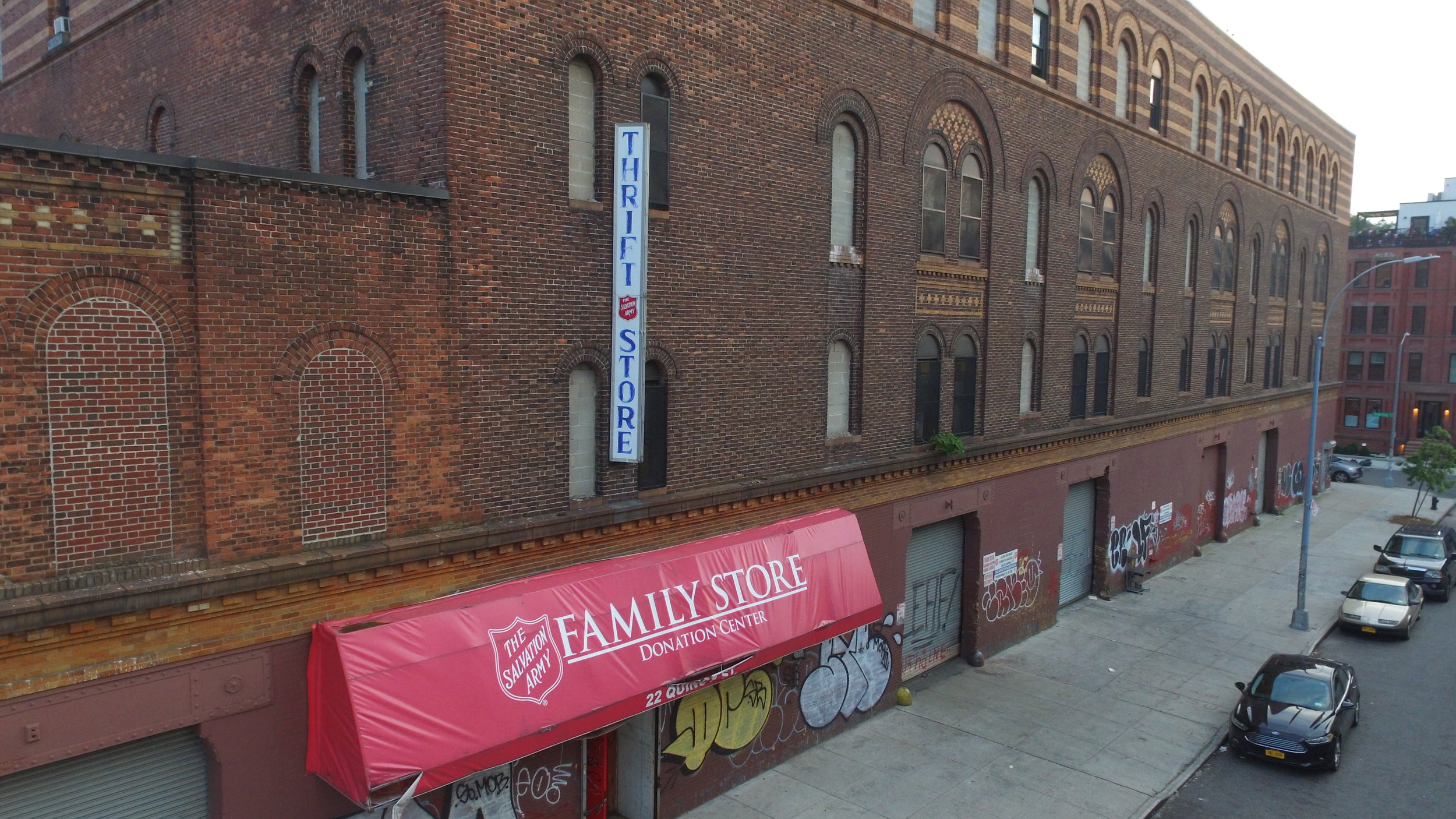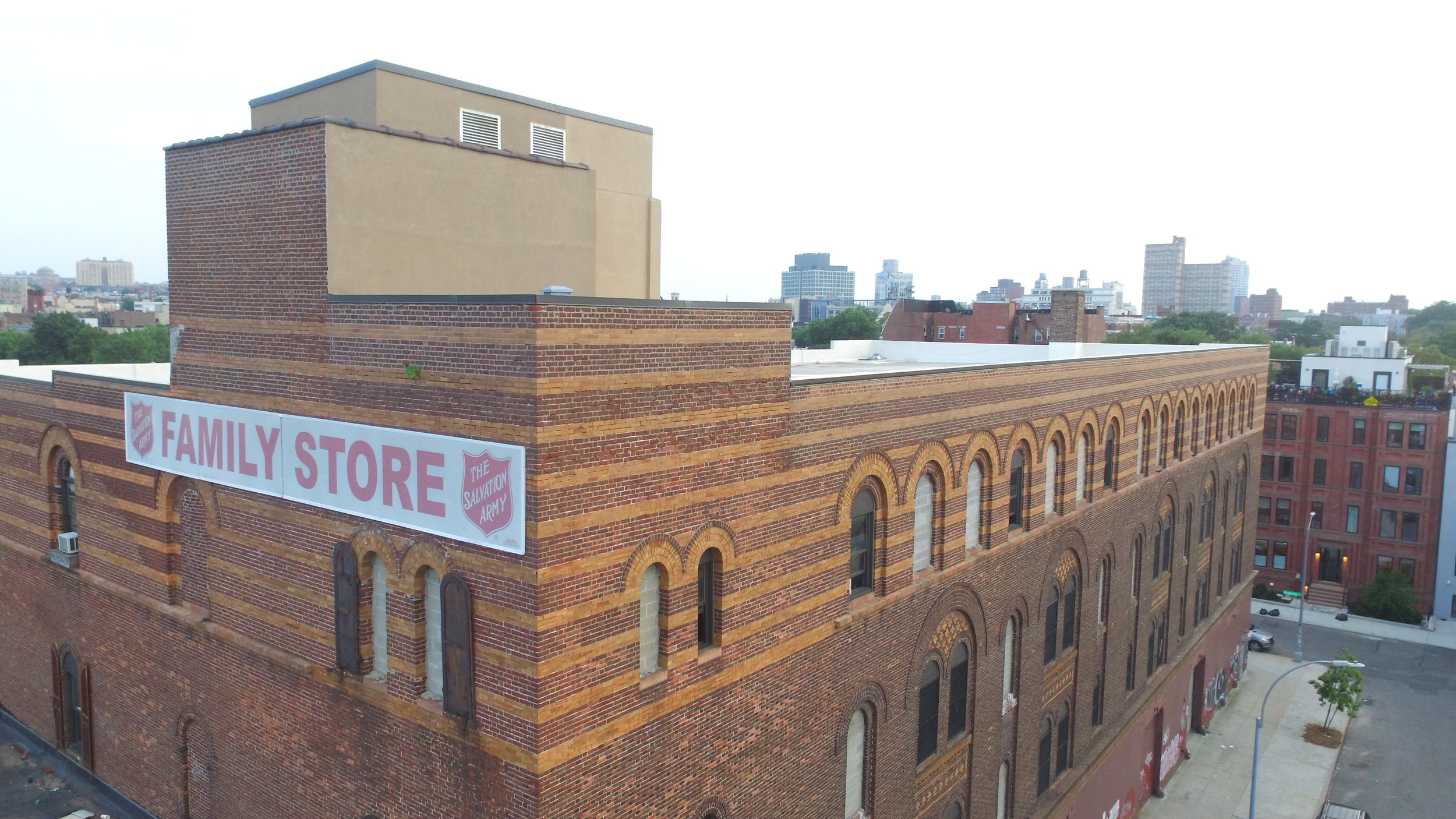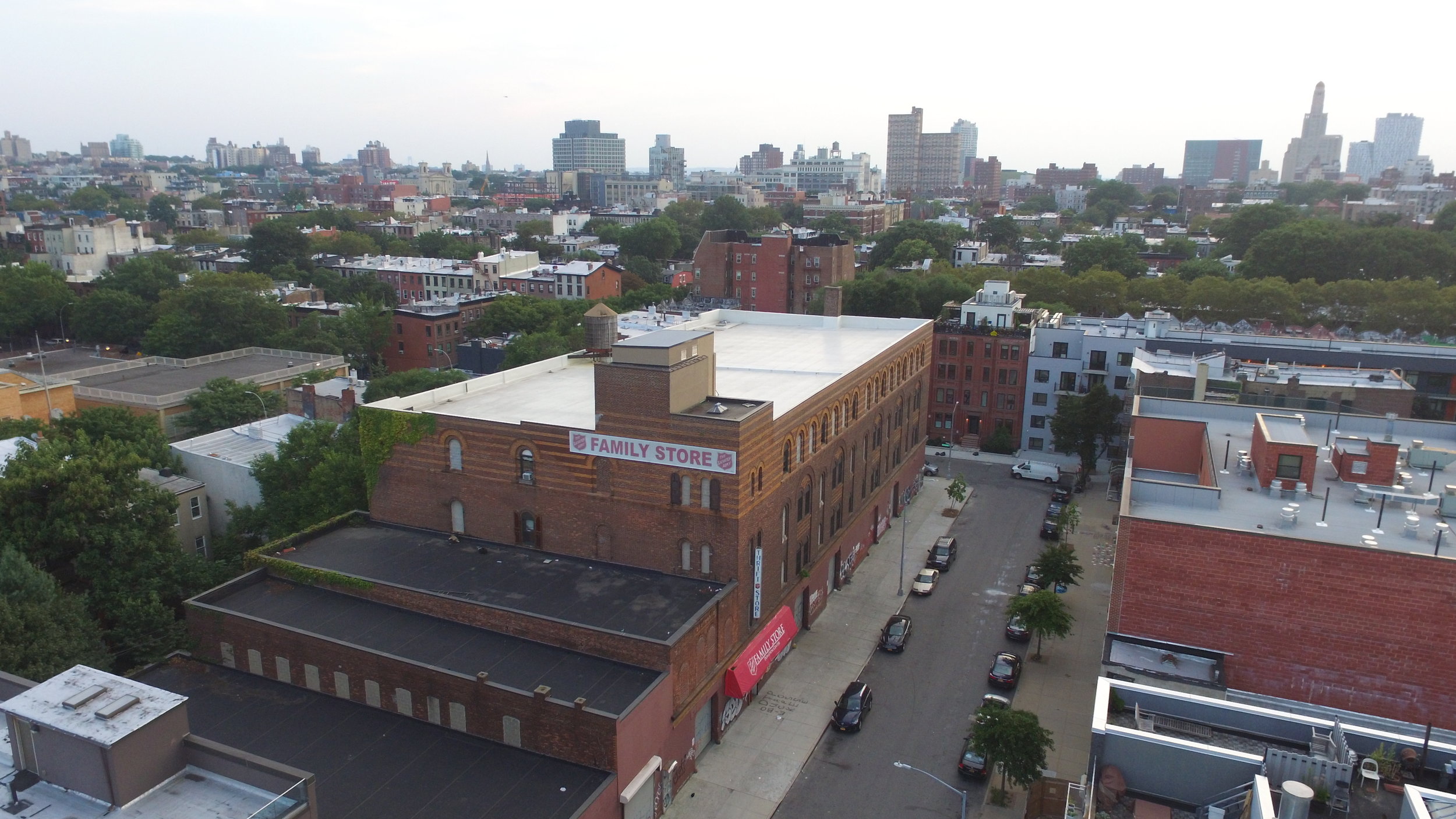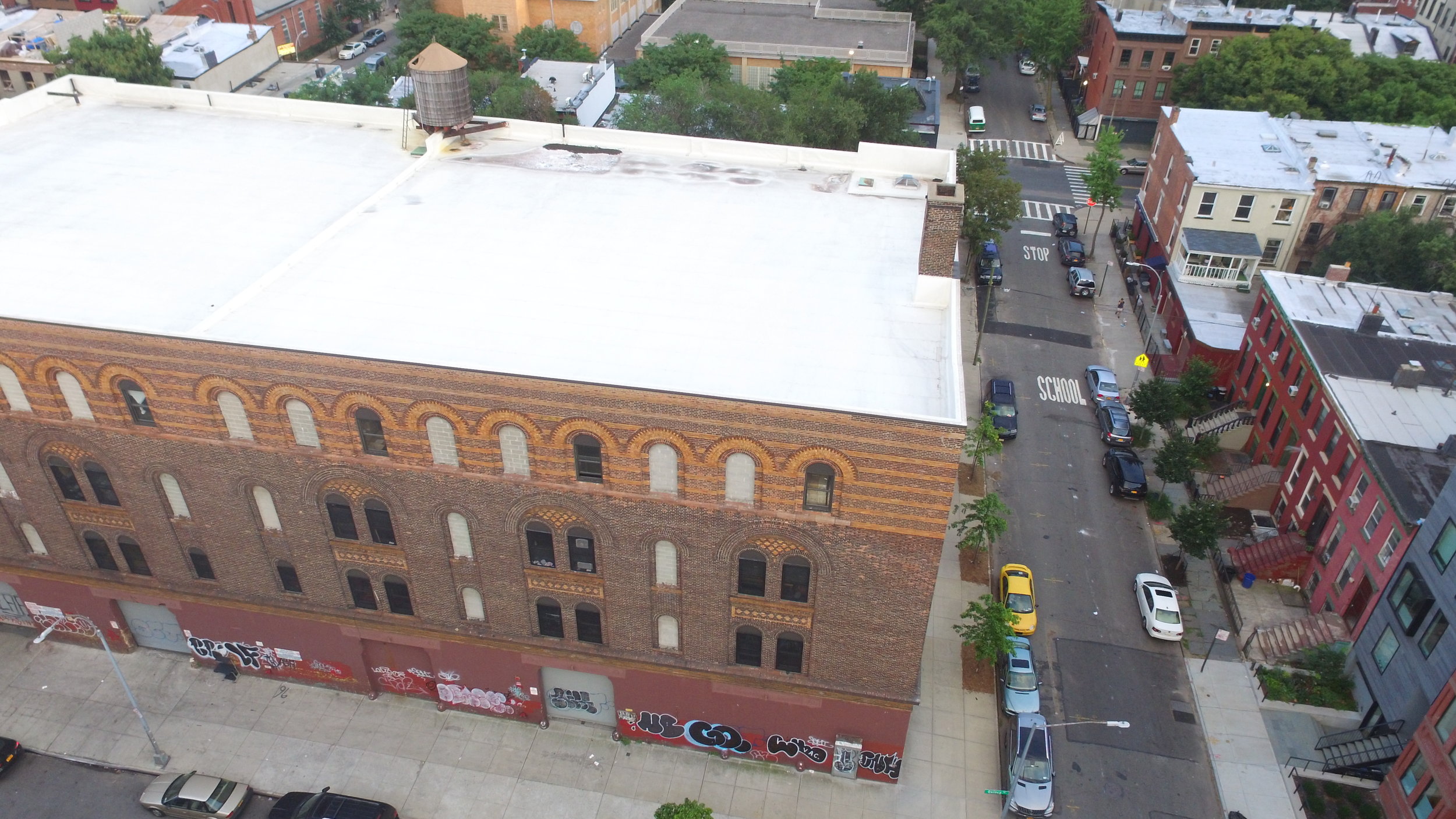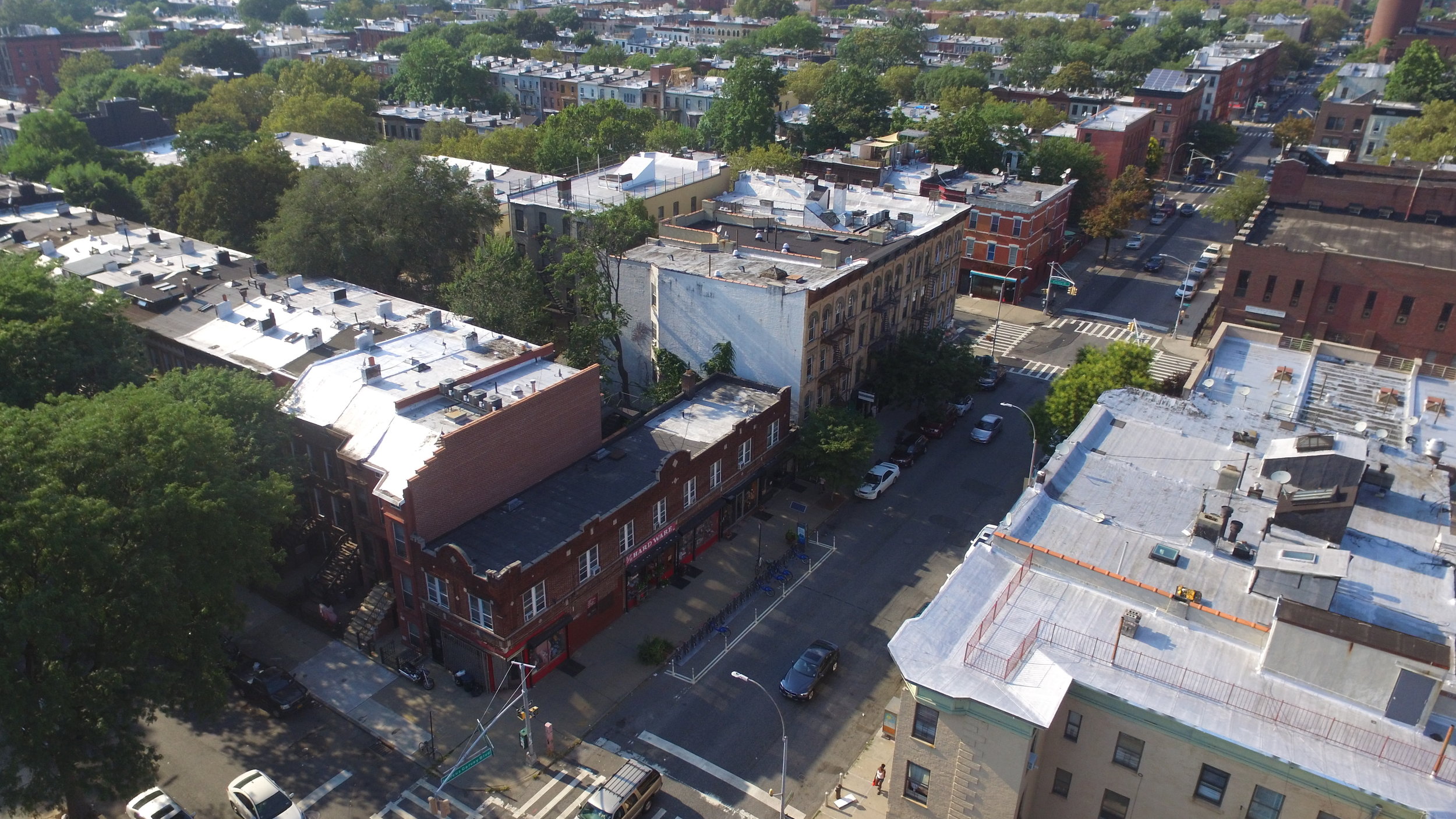Hello and so elated to have you return. I wanted to introduce you to Ms. Clara Hayes and Ms. Catherine Solomon, who have been living in the Urban Heartland since the mid 20th century. Ms. Clara owns the Macon Hardware Store-Macon 5 & 10 in Bed Stuy. When originally interviewing Ms. Clara for a story about the thrift shops and what was once called “five and dime stores," I found such an interesting story as she and Ms. Catherine talked about their experiences and the key things that represent change in the region. Restaurants are the primary indicator from their perspective. In addition, I thought I could show you a few of the places that meant something to them and show you some of the restaurants that have helped redefine the region. Showing you the changes they talk about is the best way to exemplify their perspectives. It also visually represents what is referred to as a “transitioning community” or the byproduct of gentrification.
Ms. Clara said Bed-Stuy “was not a restaurant neighborhood” throughout their lives. They occasionally went to places like Junior's or got take out at Royal Rib House, though mostly preferred to eat at home. My home is around the corner from their store, so I know the area very well. However, since I didn’t grow up here, the faint childhood stories from my family who lived here for generations aren’t equivalent to the lived experiences of a person who is 89 years old, as Ms. Clara proudly proclaims herself to be. Ms. Catherine mentioned going to Peaches, but “only for a meeting.” They are of a generation where eating home was seen as something more than a chore. Both recoiled at the idea of eating out all the time, or even often. That is completely understandable.
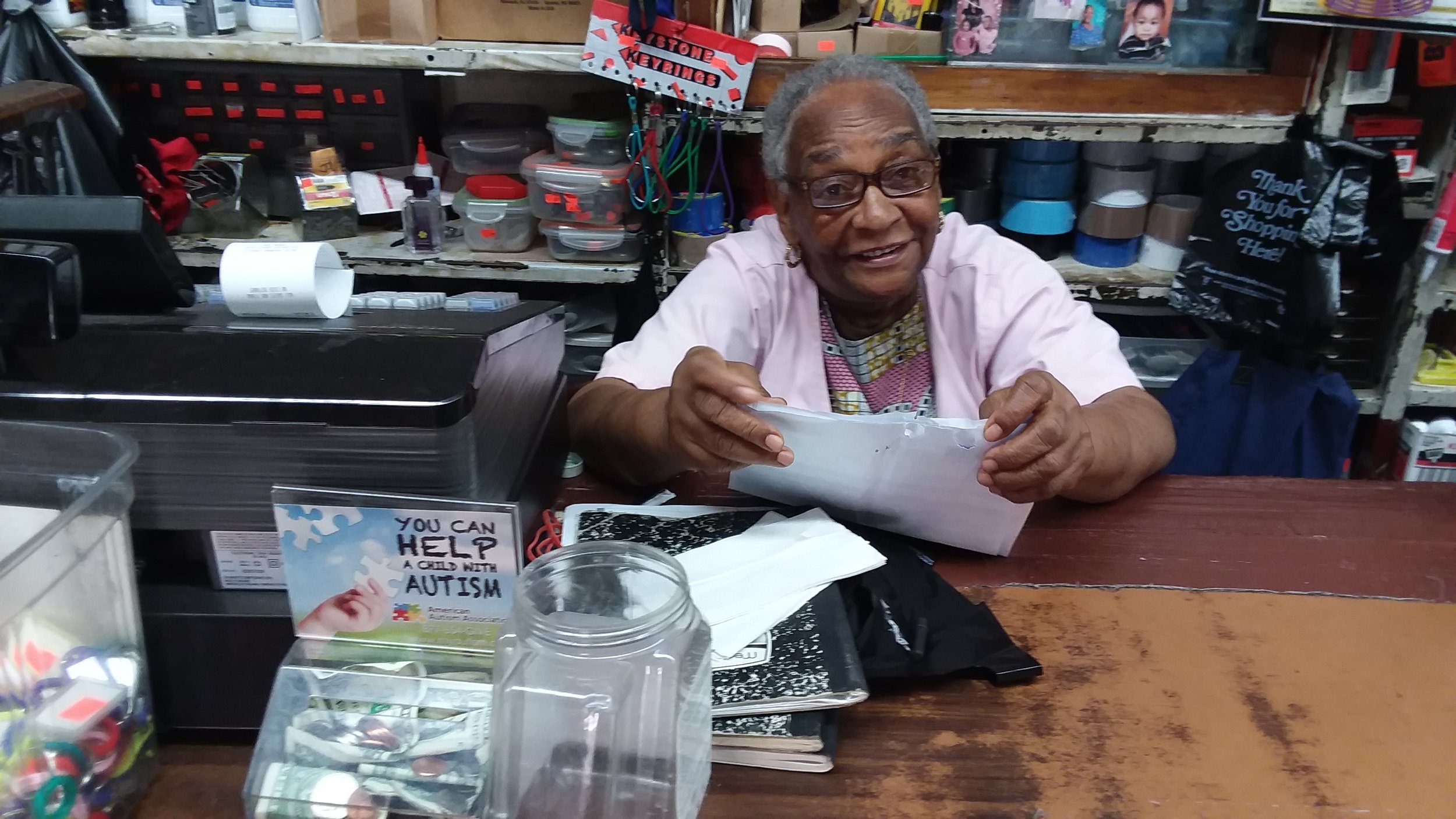
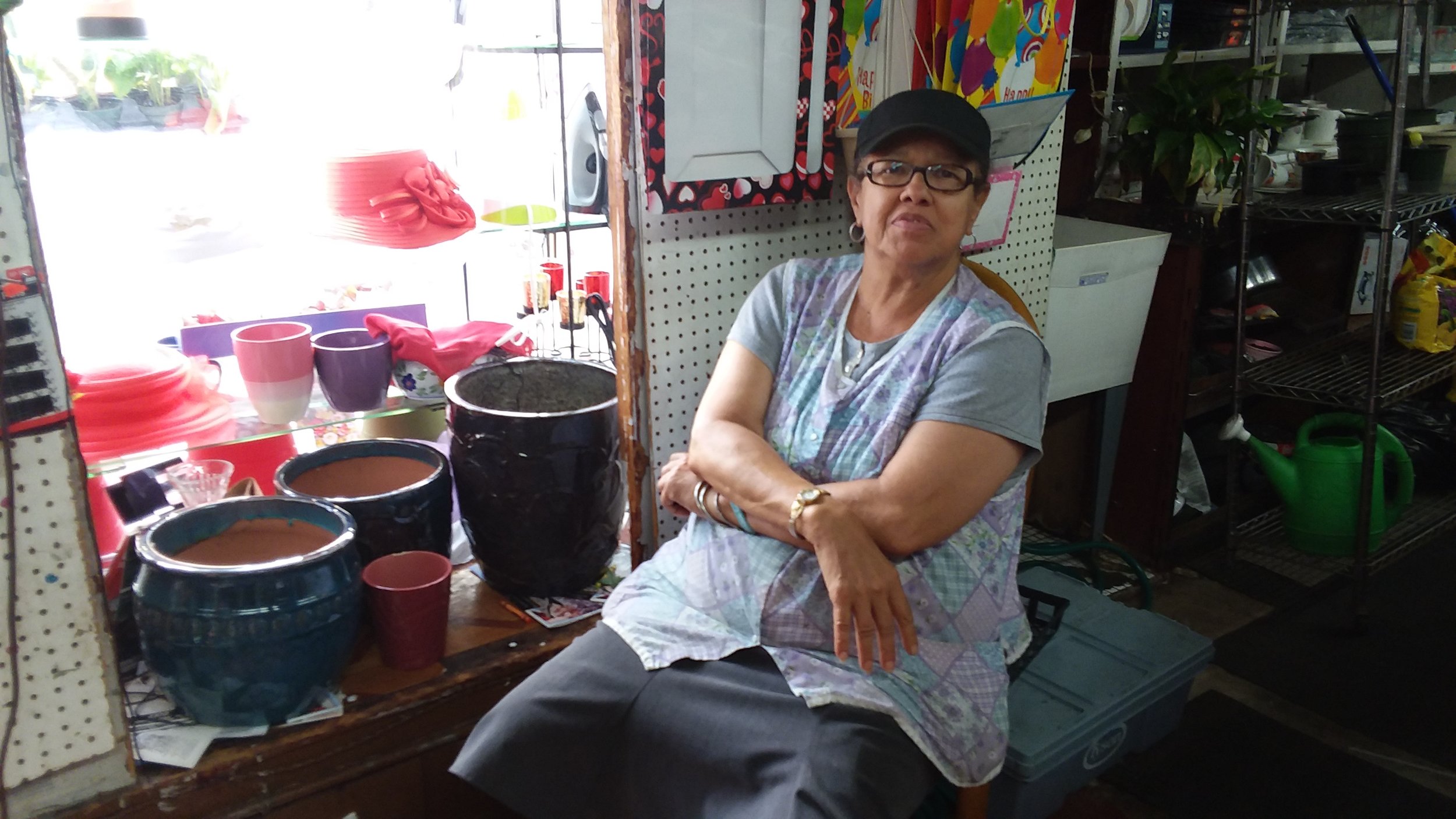
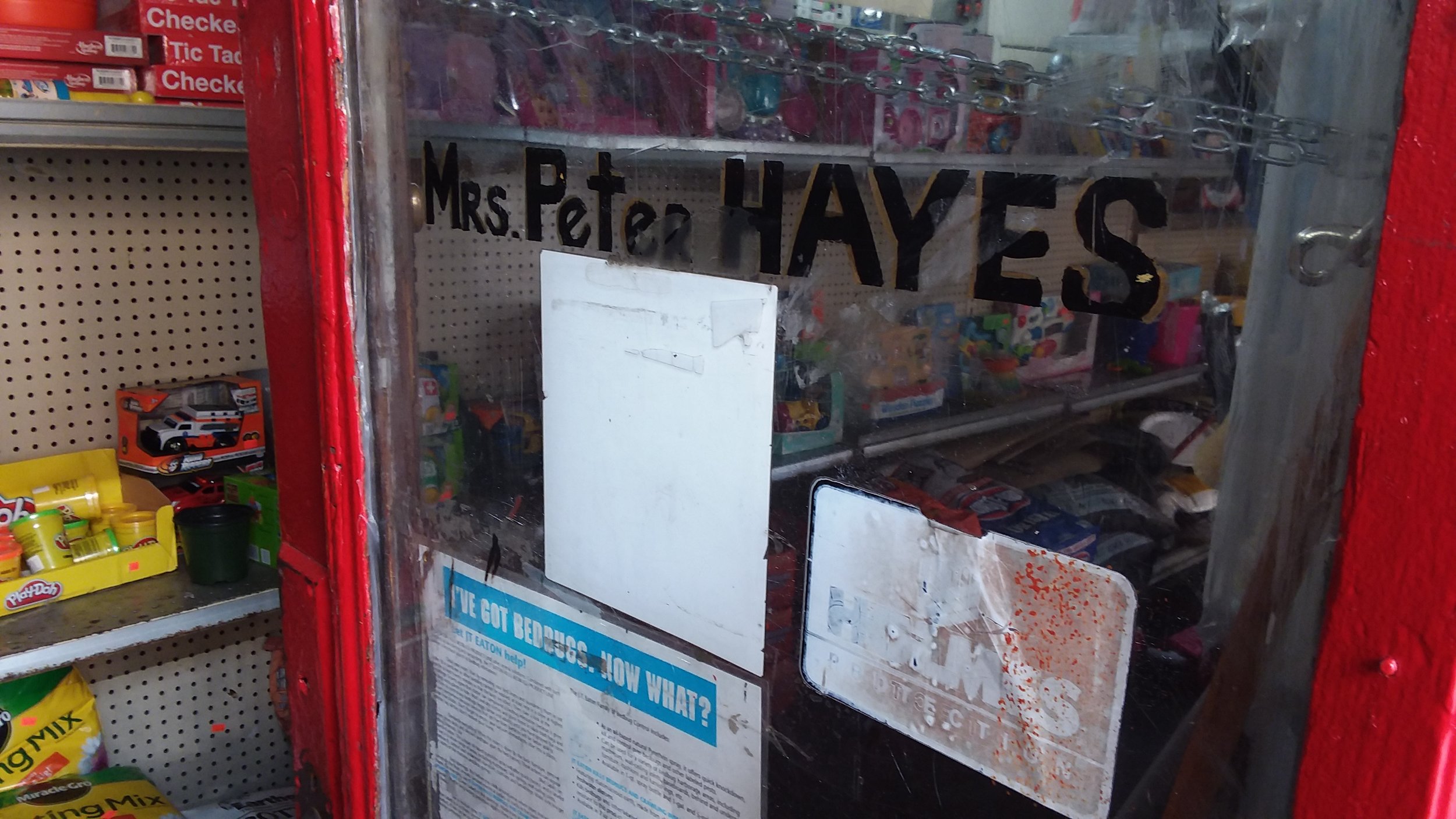
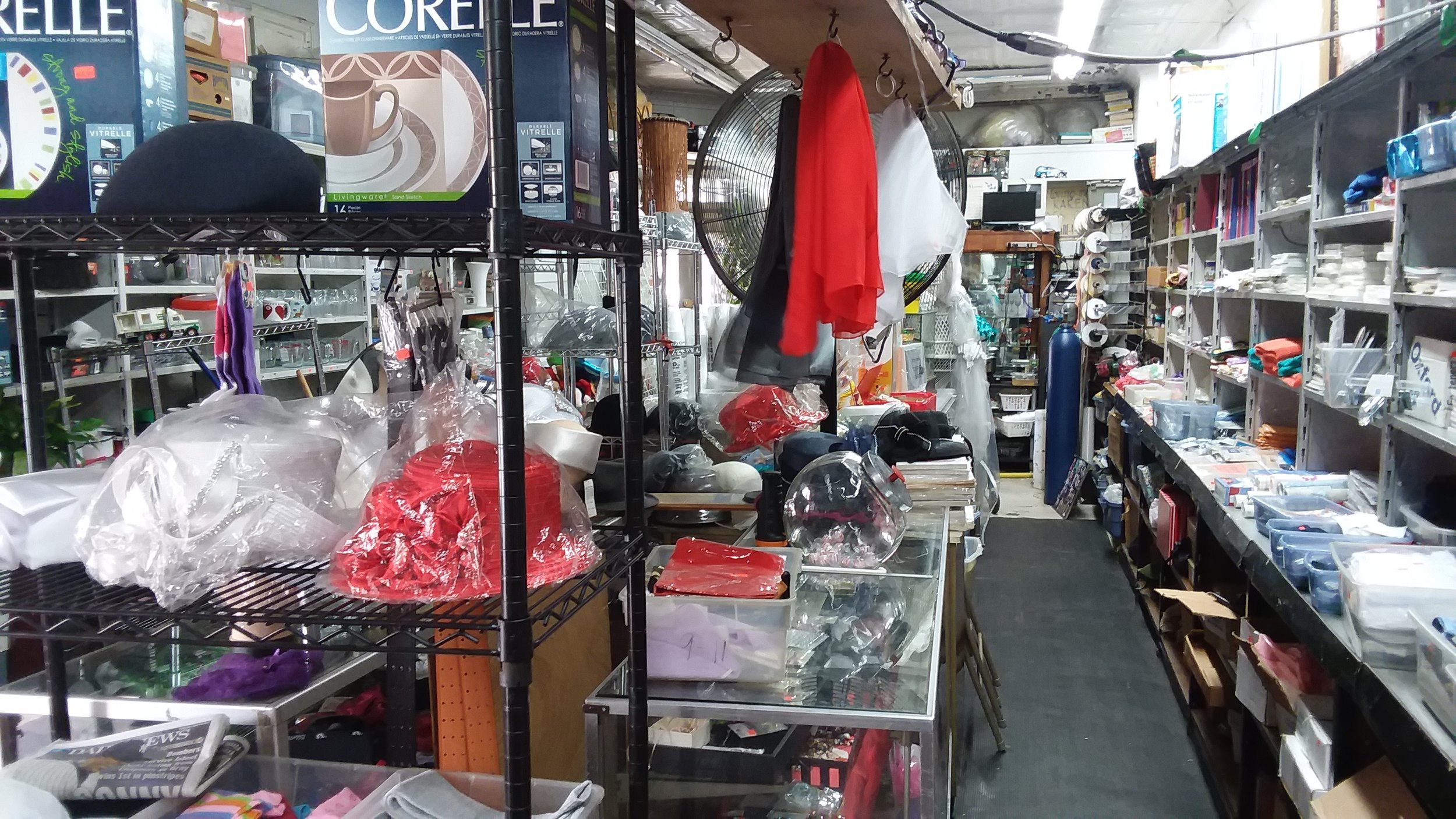
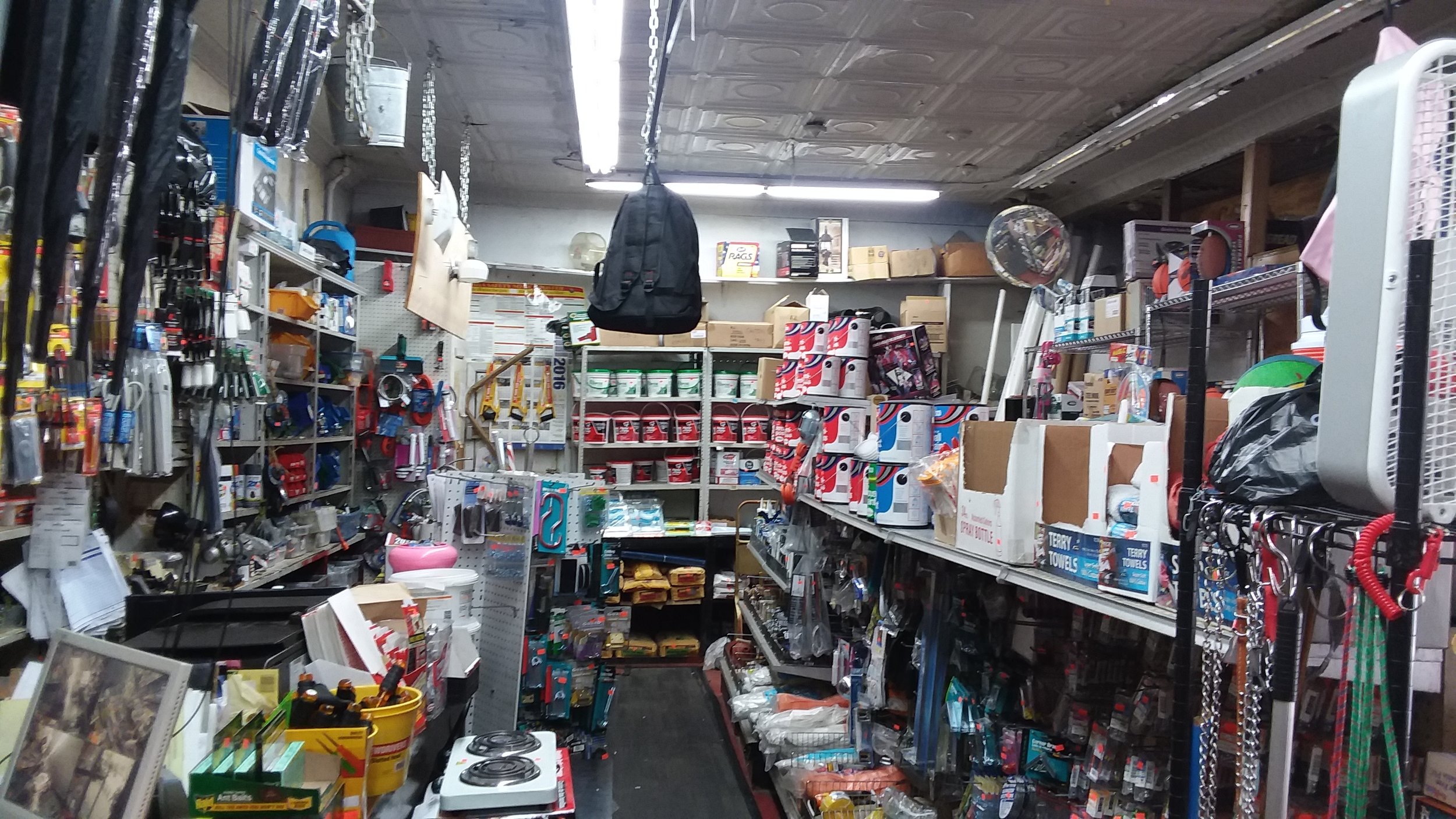
Before we walk around checking out the restaurants, there were other places the two elders mentioned that I wanted to show you. Ms Solomon once lived on 4 Downing Street, Brooklyn. This location is in Clinton Hill, which is a slither between Fort Greene on the west and Bed-Stuy on its eastern border. (We only spent a small amount of time passing by during our journey, which is why I haven’t mentioned it, though it is on the Dispatches map presented in Issue #4.)
Ms. Solomon went to school at P.S. 3 as a child and then worked at the school for 38 years. Schools.nyc.gov states that P.S. 3 / The Bedford Village School is the oldest public school “. . . in continuing and contiguous existence . . .” in New York City, citing a New York Times article from April 11, 1947. A pretty incredible legacy to be a part of. Her family also went to M.S. 035 at 272 MacDonough St. in Bed-Stuy and Brooklyn Technical High School at 29 Fort Greene Pl. in Fort Greene.
EphemeralNewYork.com states that P.S. 3 once had its home on Hancock Street near Bedford Avenue in Bed-Stuy. The picture below is from 1923.
Kids of PS 3, Brooklyn. Photo: B. Merlis
Let’s get back to the restaurants they mentioned as the most relevant in the changing region. I am giving an example of the changes in the area, it should be clear that I am not presenting a restaurant guide. What should be noted is that I long for the local restaurants and bars of my young adult years in New Jersey and in New York City outside of the Manhattan tourist ring, which has now expanded to most of the regions throughout the city. There used to be a difference between tourist bars and locals bars, which is also what you will hear elders discuss here. The distinction typically was shown in price. Elders talk about fancy drinks --small drinks at high prices when I ask if they go to any of the new bars in the area. As people with higher incomes move into the region, what is considered “expensive” becomes a more fluid notion. No one can argue that there are more healthy food choices in the region now that we are no longer redlined out of access to the mechanisms required to build a fully-resourced community, which is certainly a welcomed development. As previously stated, I only hope my working class neighbors who help build up the community all these years will benefit from it.
As you can see, the changes over the generations, driven by government policies since the early 1900’s, are quite drastic. Both elders agreed that something should be done to facilitate those who have lived here as the primary emphasis has been to build for the people who recently moved to the region. The beneficiaries of the present economy are enabling the real estate industry to transform a region that rented one bedroom and two apartments well under $1,000 only a decade ago and now are approaching $2,000 and $3,500 respectively per month.
When discussing where she grew up, Ms. Catherine mentioned the Salvation Army on 22 Quincy Street as a landmark. That was interesting because it was on my original list of places. The building was once the storage facility for the Frederick Loeser & Co. warehouse and stable in the early 1900’s. Frederick Loeser & Co held the status as one of Brooklyn’s most prestigious and largest department stores. And when people talk about the seemingly new concept of the “gig economy,” this building once touted “door to door” service by way of horse drawn carriage. The idea of servicing those who can afford it isn’t a new idea. The “gig economy” is only a new phrase added to our work lexicon to connote a new generation reframing a trait that has existed in our species as far back as the written word can document.
These elders are time capsules that have timers themselves. It is very important for a region’s elders to articulate what life was like, especially when the multigenerational environments of years gone by where children were chastised for not saying hello to the adults of the community has devolved into the nation’s overall ethos of “not talking to strangers.” Certainly not just a problem of urban regions, this may do more damage to the societal cohesion needed to have a healthy, engaged community, than the economic issues that have hastened the old out for the new.
All that stated, Ms. Clara and Ms. Catherine, who say that the young people moving in, mostly college students or people with resources or high paying jobs, are very respectful to and supportive of them. Winter at the store brings many together who are getting last minute tools to rid themselves of the snow and ice. Ms. Clara told the story of when she bought the store and its first year under her management. She said that she made so much money it was difficult to count. The ebb of flow of any business cycle hasn’t bypassed this establishment. Over the decades it has seen good days and hard times. The scourge of drug abuse has come and gone. The tourists that are the newest component of this region, which is mostly the responsibility of Airbnb. The Airbnb tribe, as seen by the locals, are best spotted by people pulling day bags with one hand and holding their smartphone in the other, looking around like a scouting prairie dog. All of this hasn’t changed the smiles and conversations emanating from these ladies one bit. I can only say that I am glad that I have had a chance to introduce them to you. Be sure to stop by. The place is an unburied time capsule whose materials are in the form of exhilarating stories and a vibrant life only seen by someone born in 1928. Thank you Ms. Clara for buying this building and I wish you more years before you join the ancestors. Ms. Catherine, a youngster in comparison, and her family continue to maintain the lineage of the region. Though throughout this series I have focused on introducing you to buildings that are treasures, elders like these are the treasures of the community I honor the most.
Macon Hardware Store
Once again, the end of our journey has come way too soon.
See you next month.
Till then and as always...in peace,
Darryl








